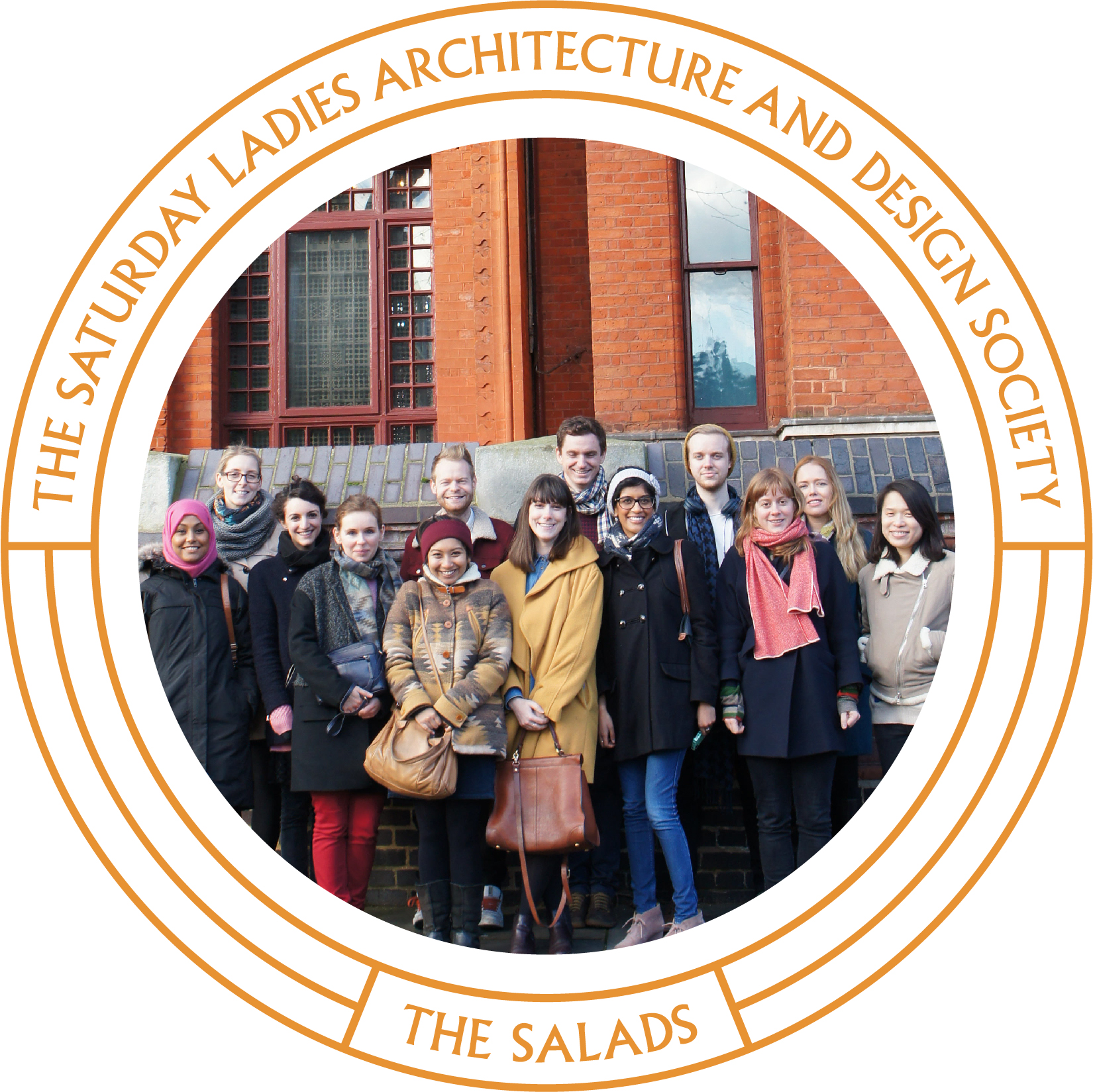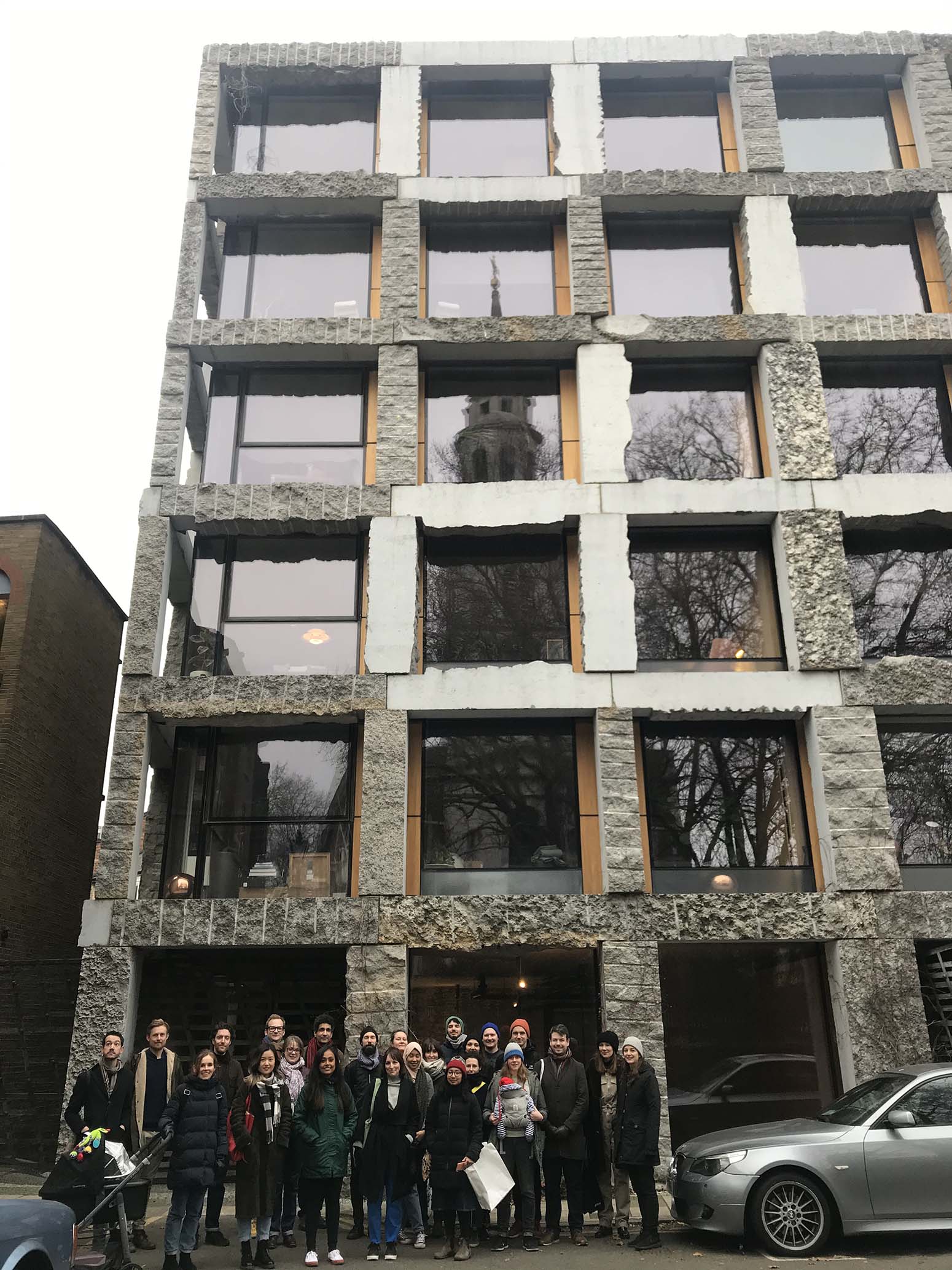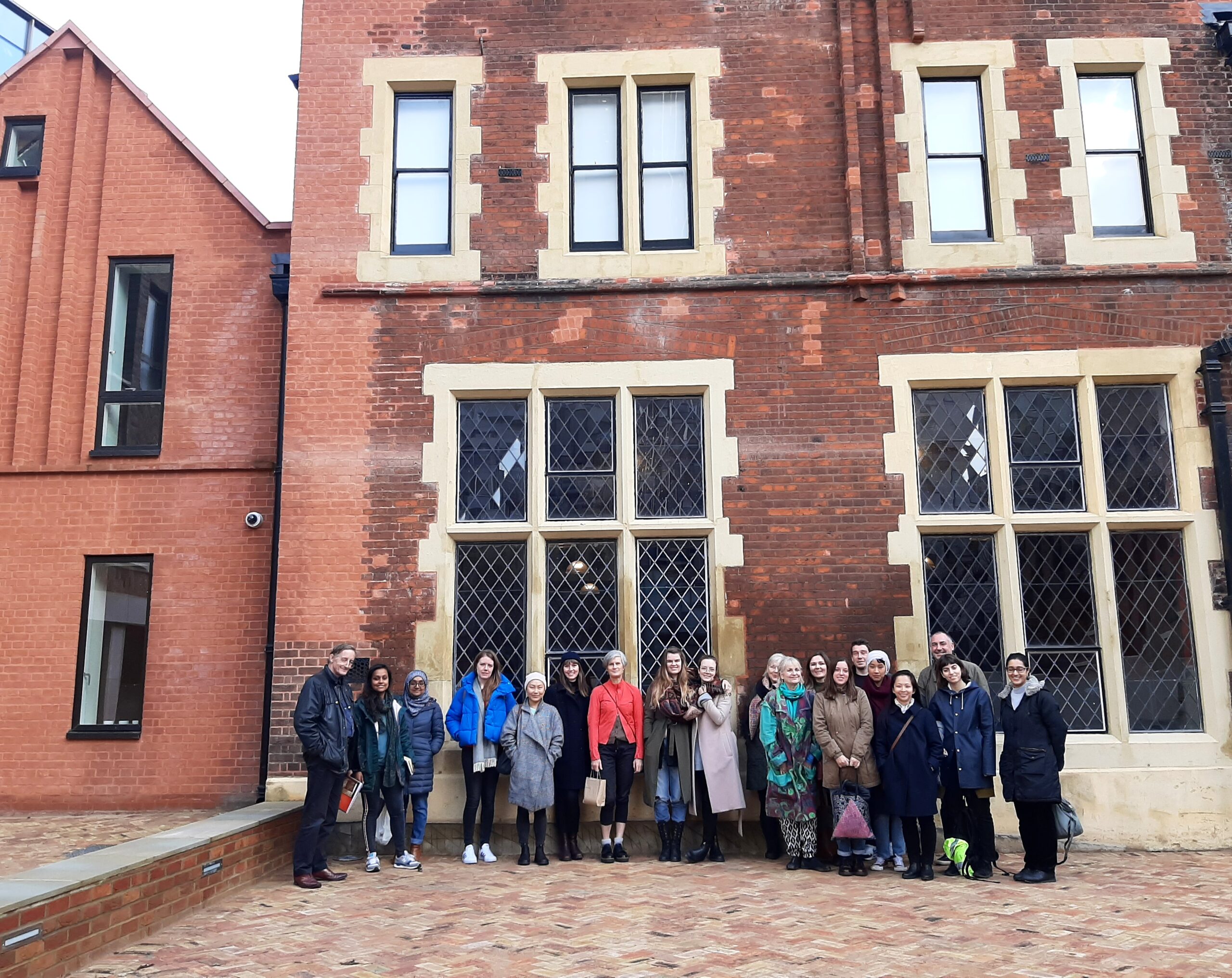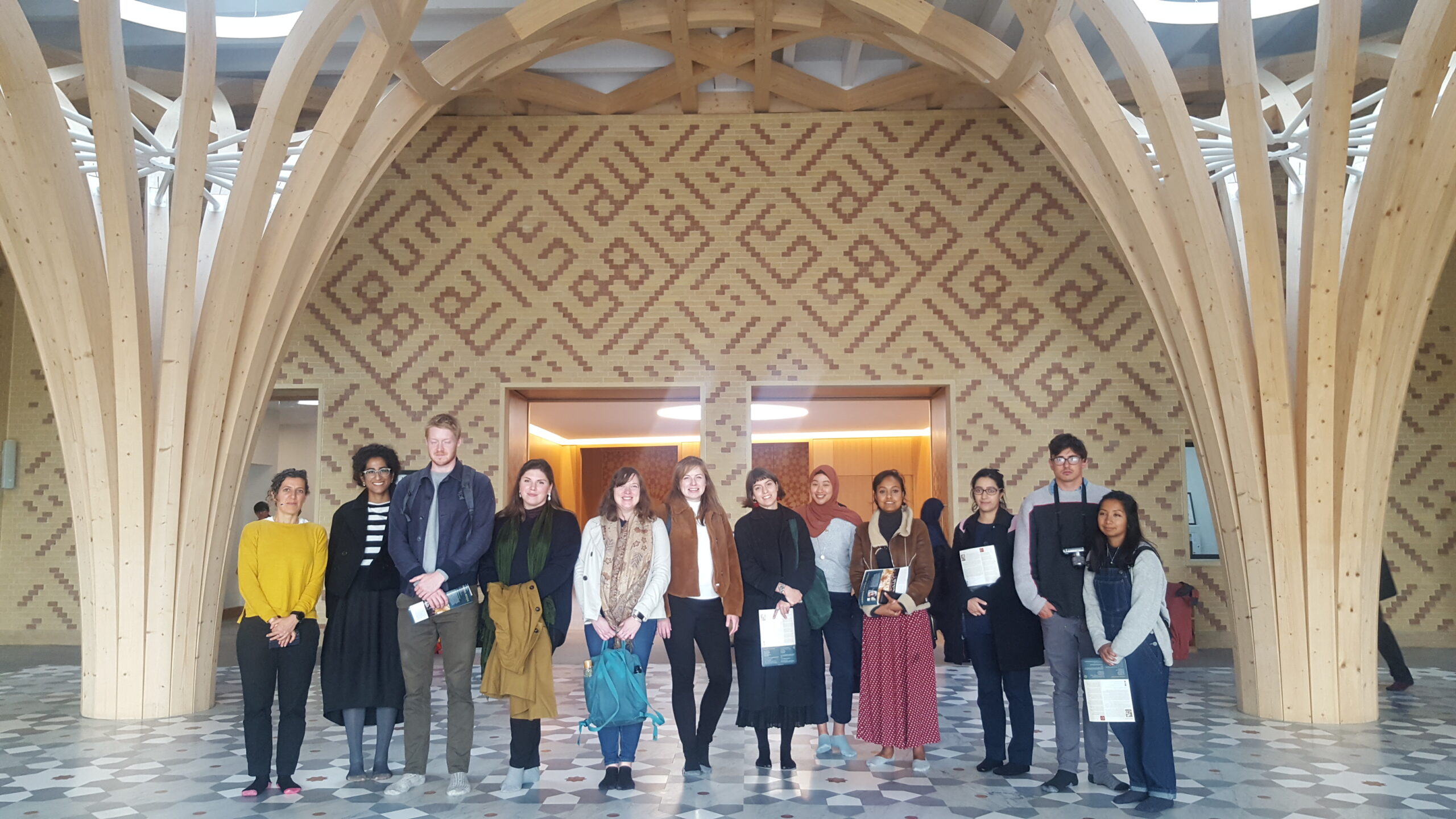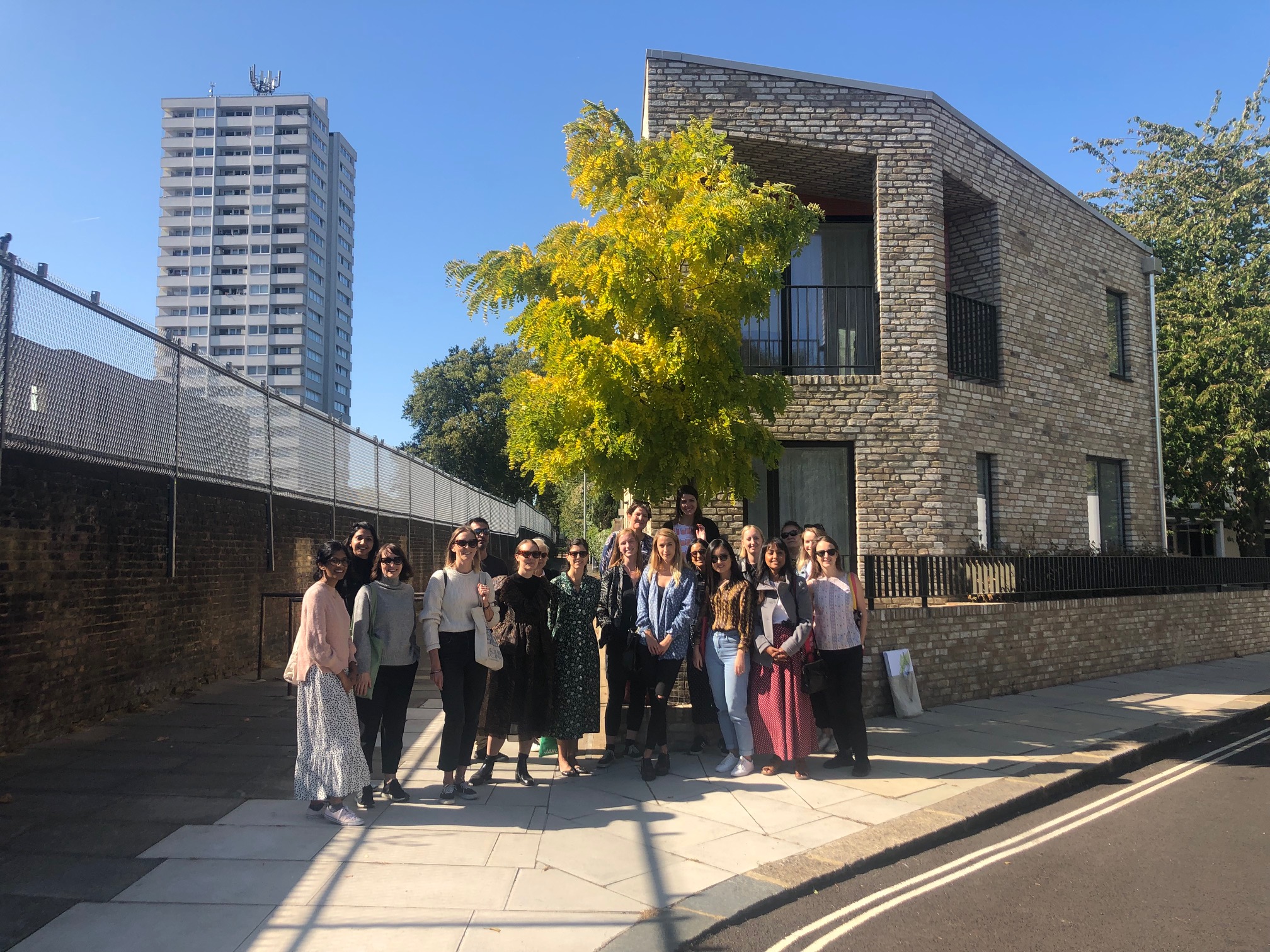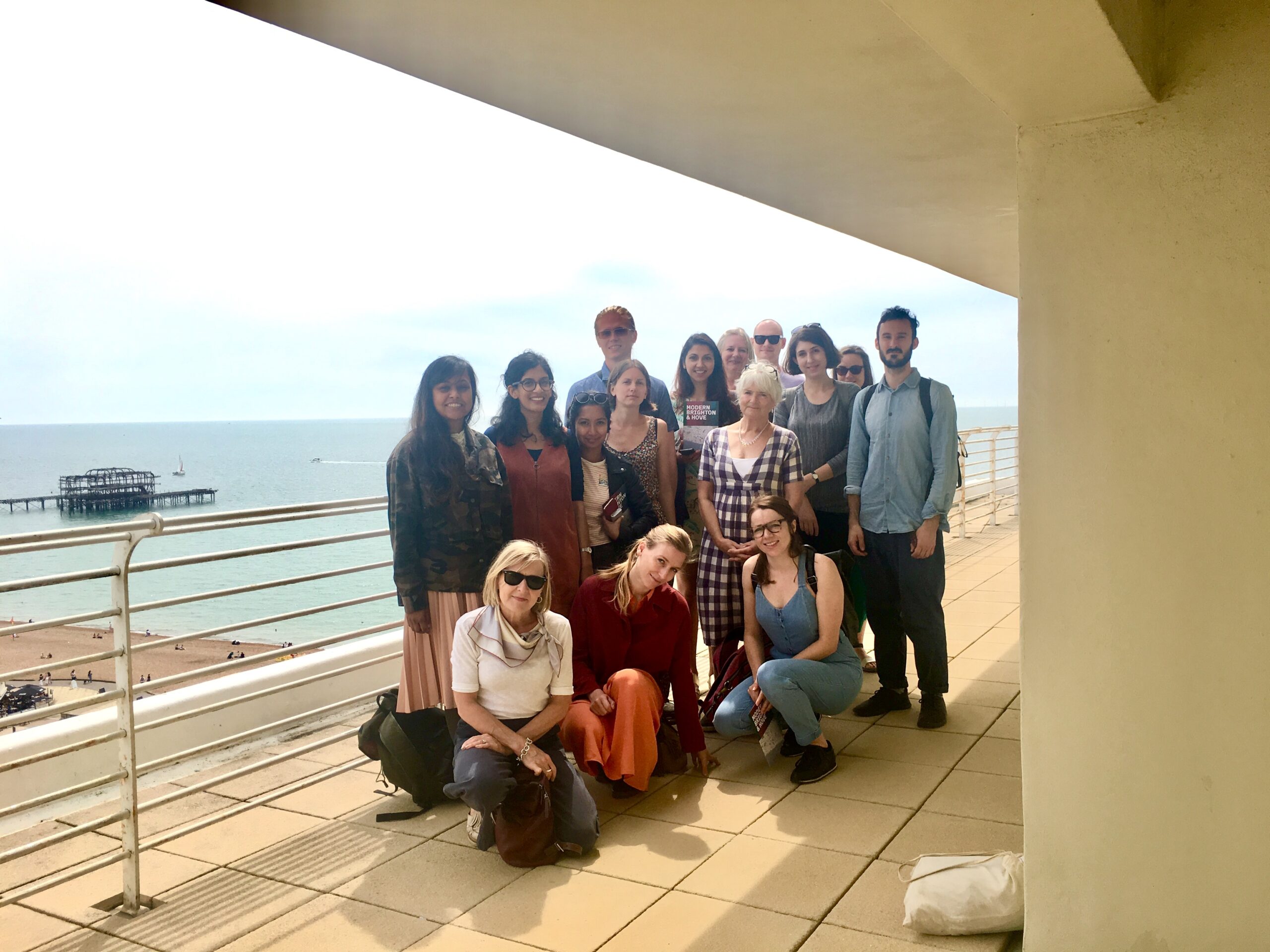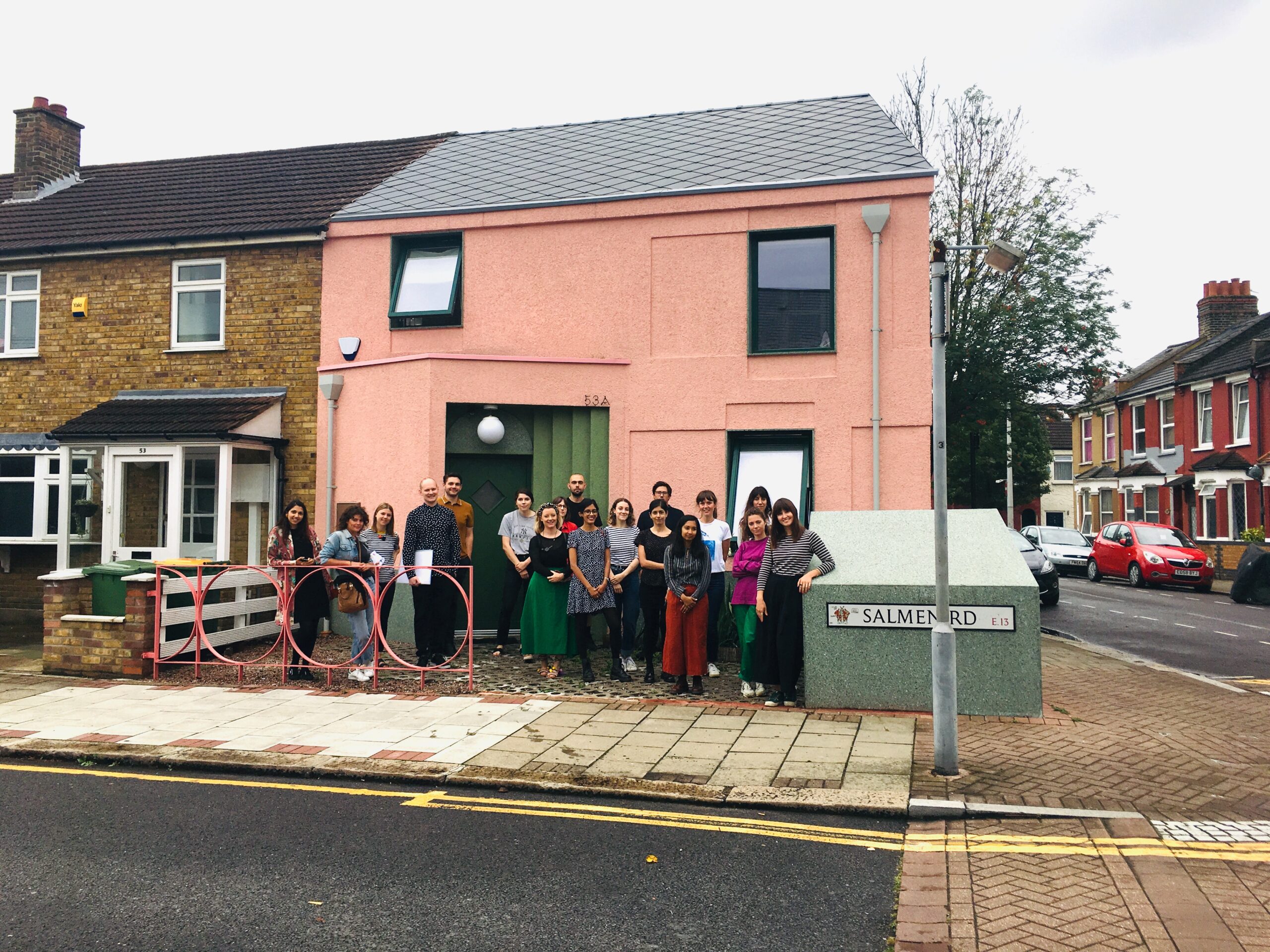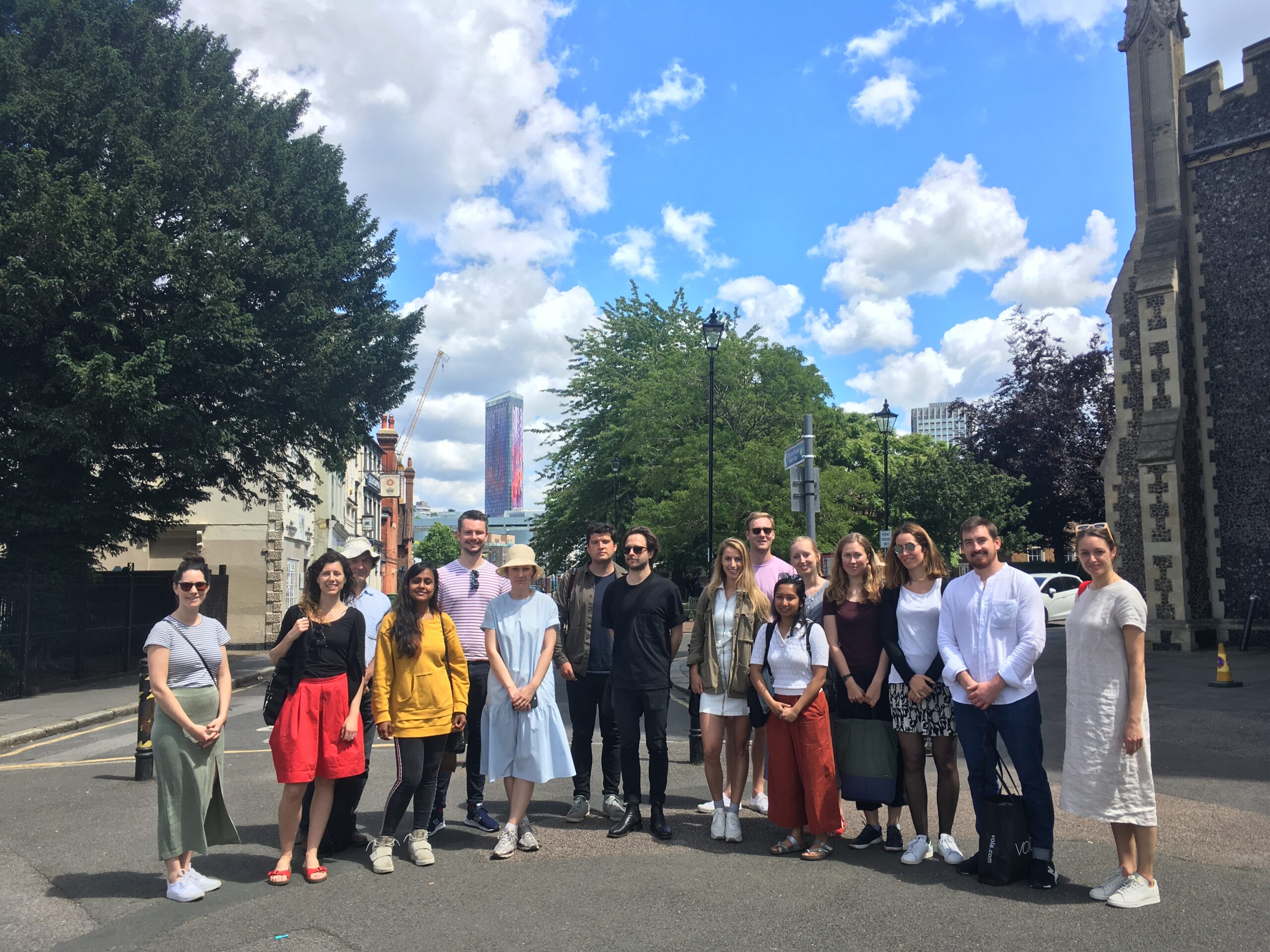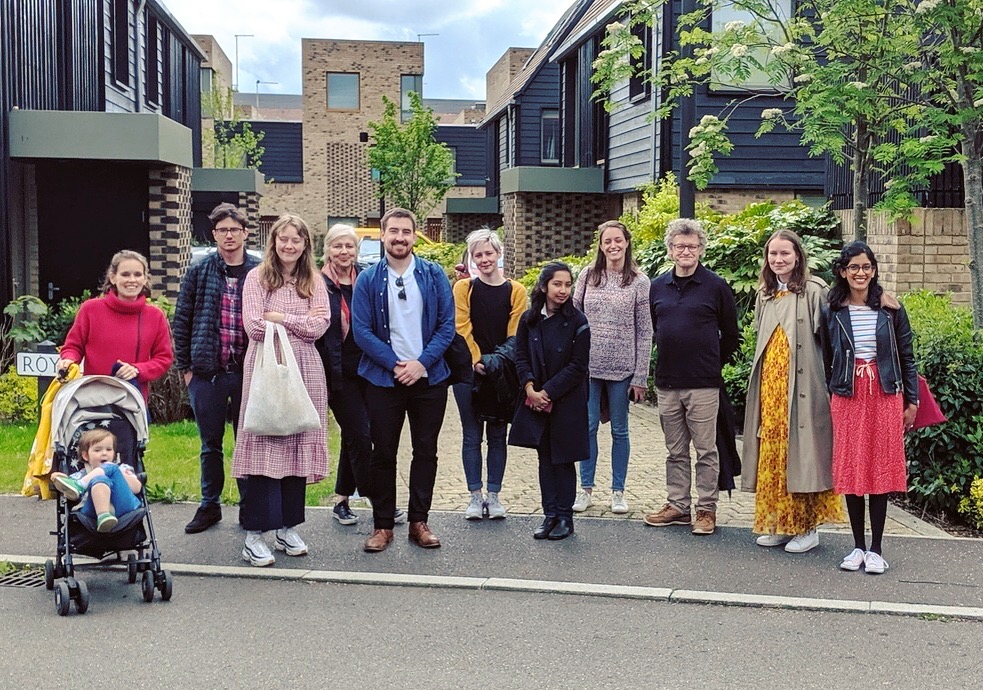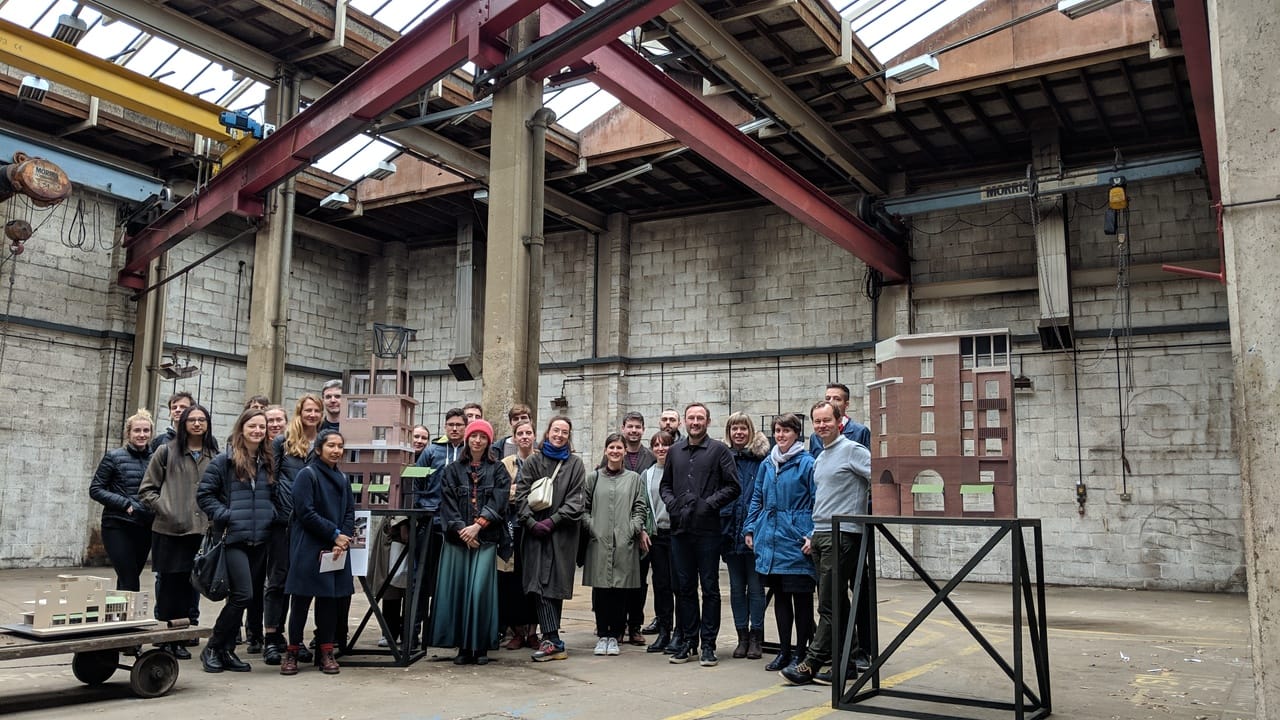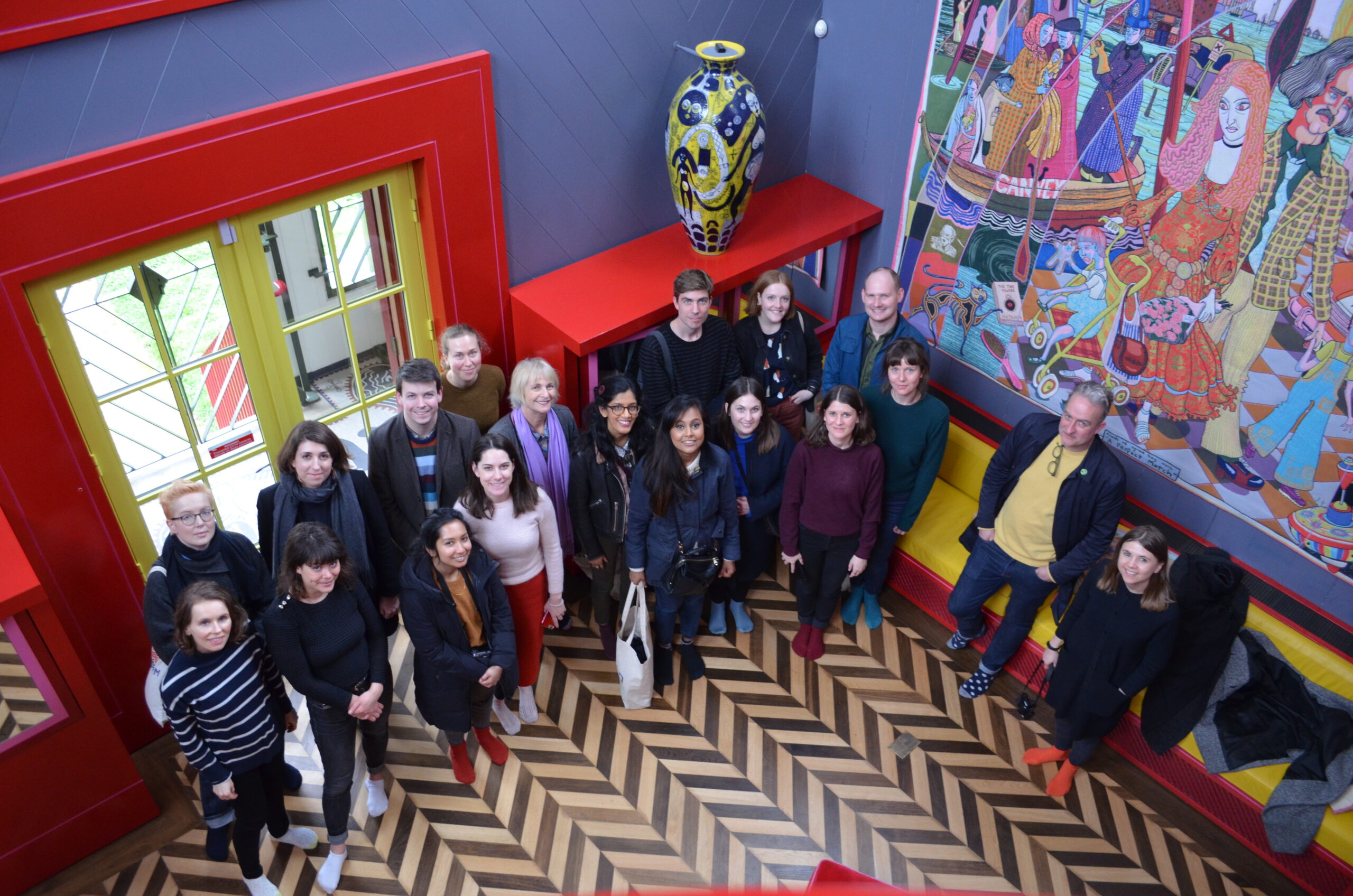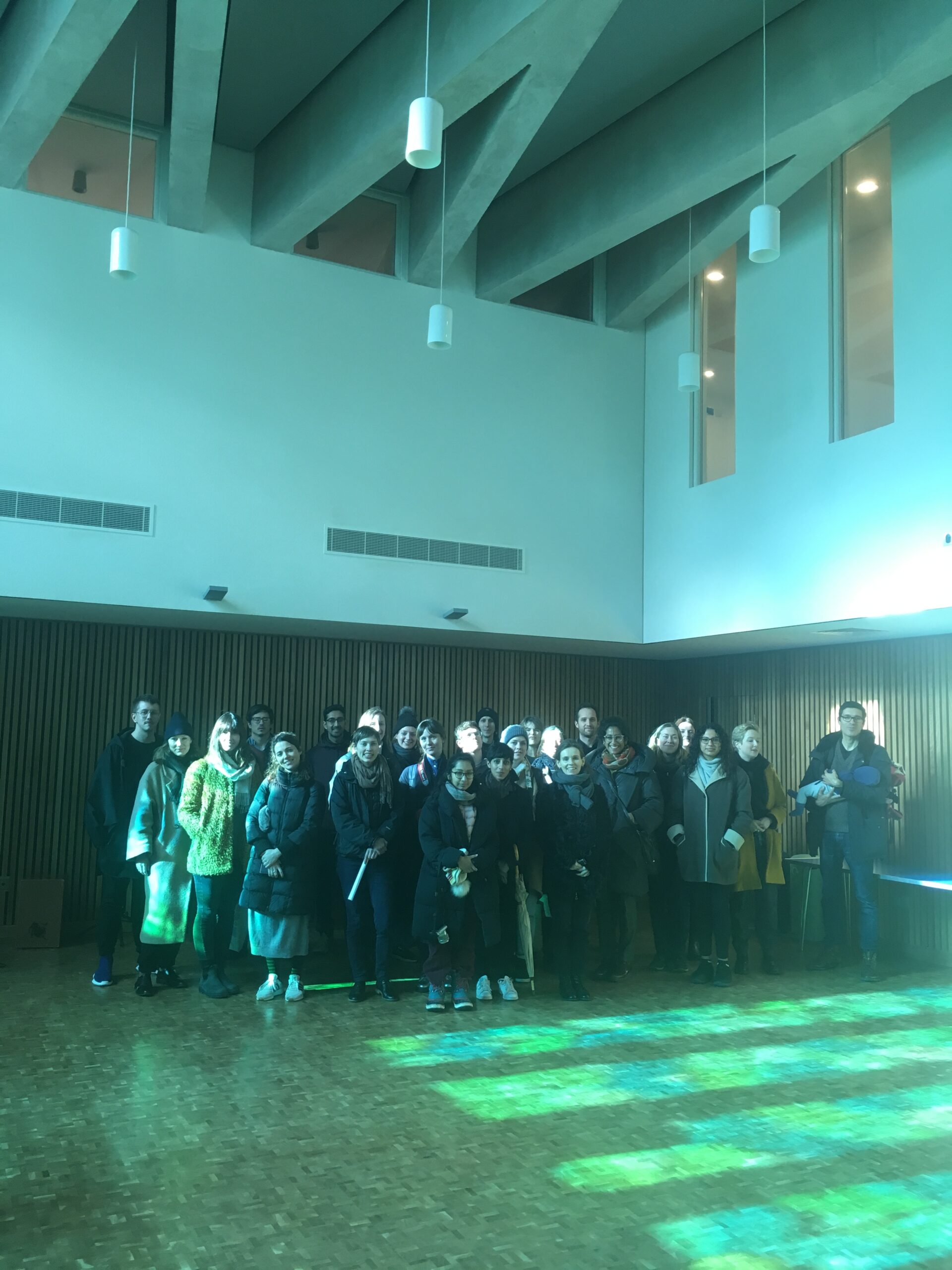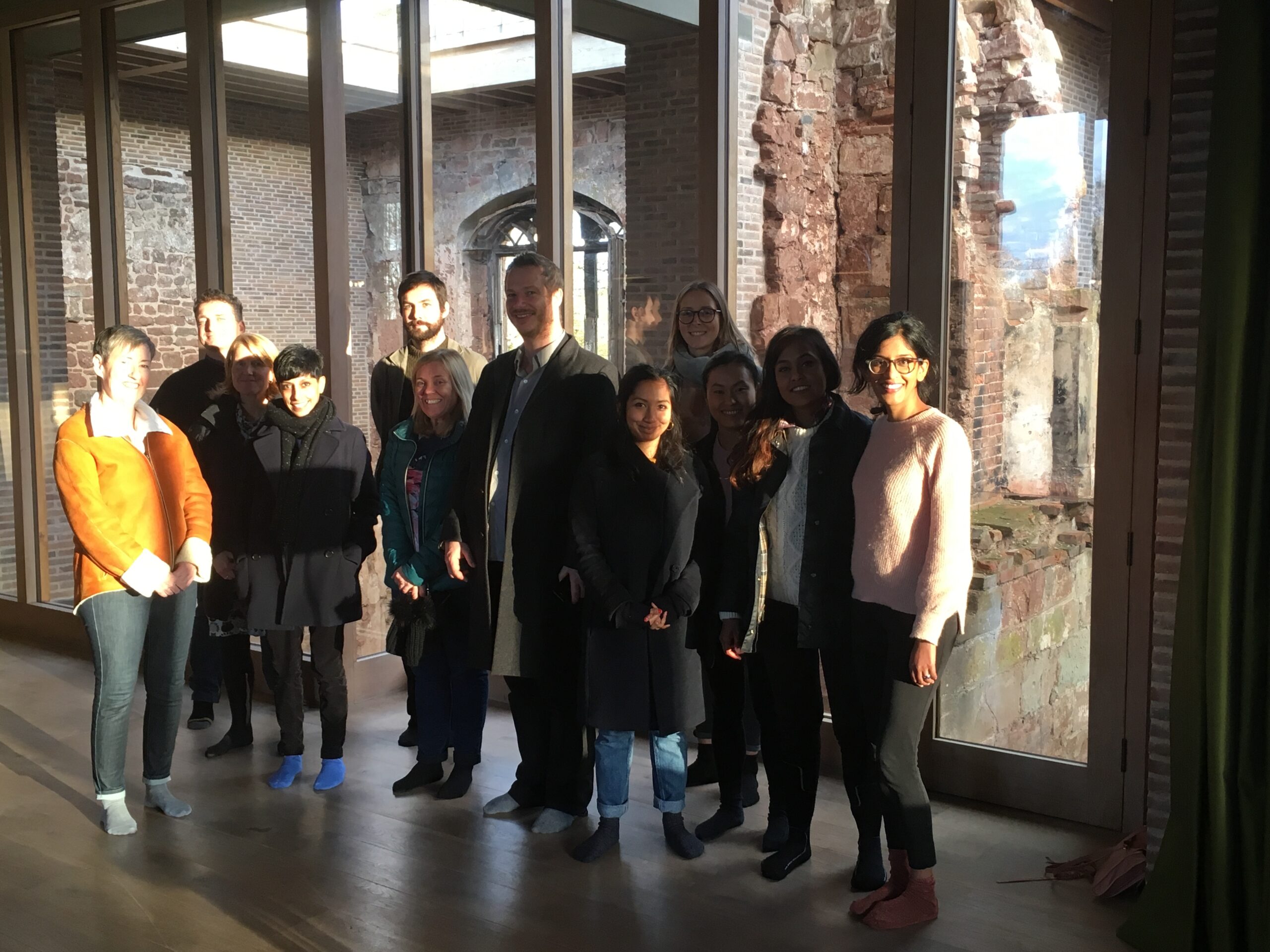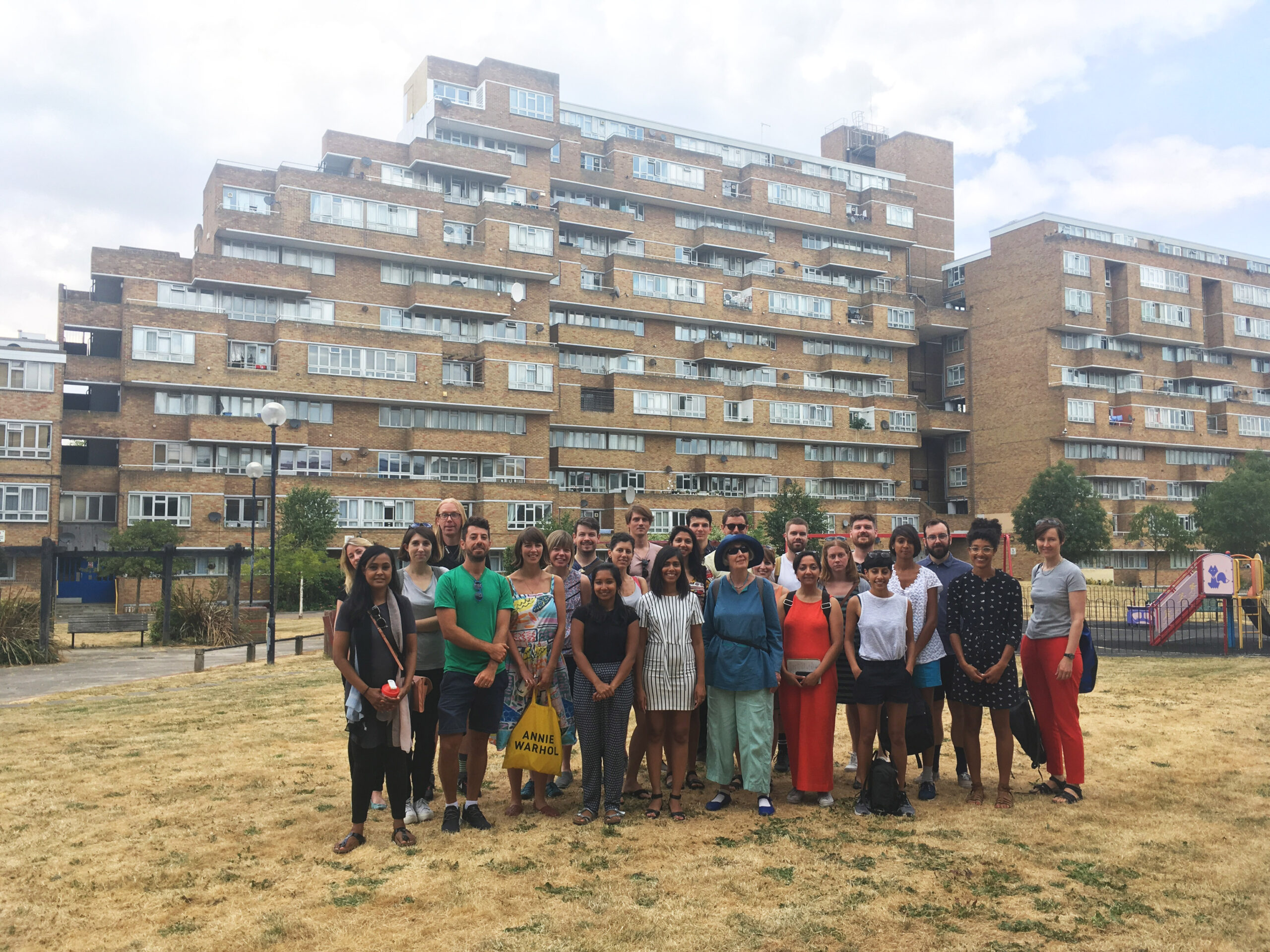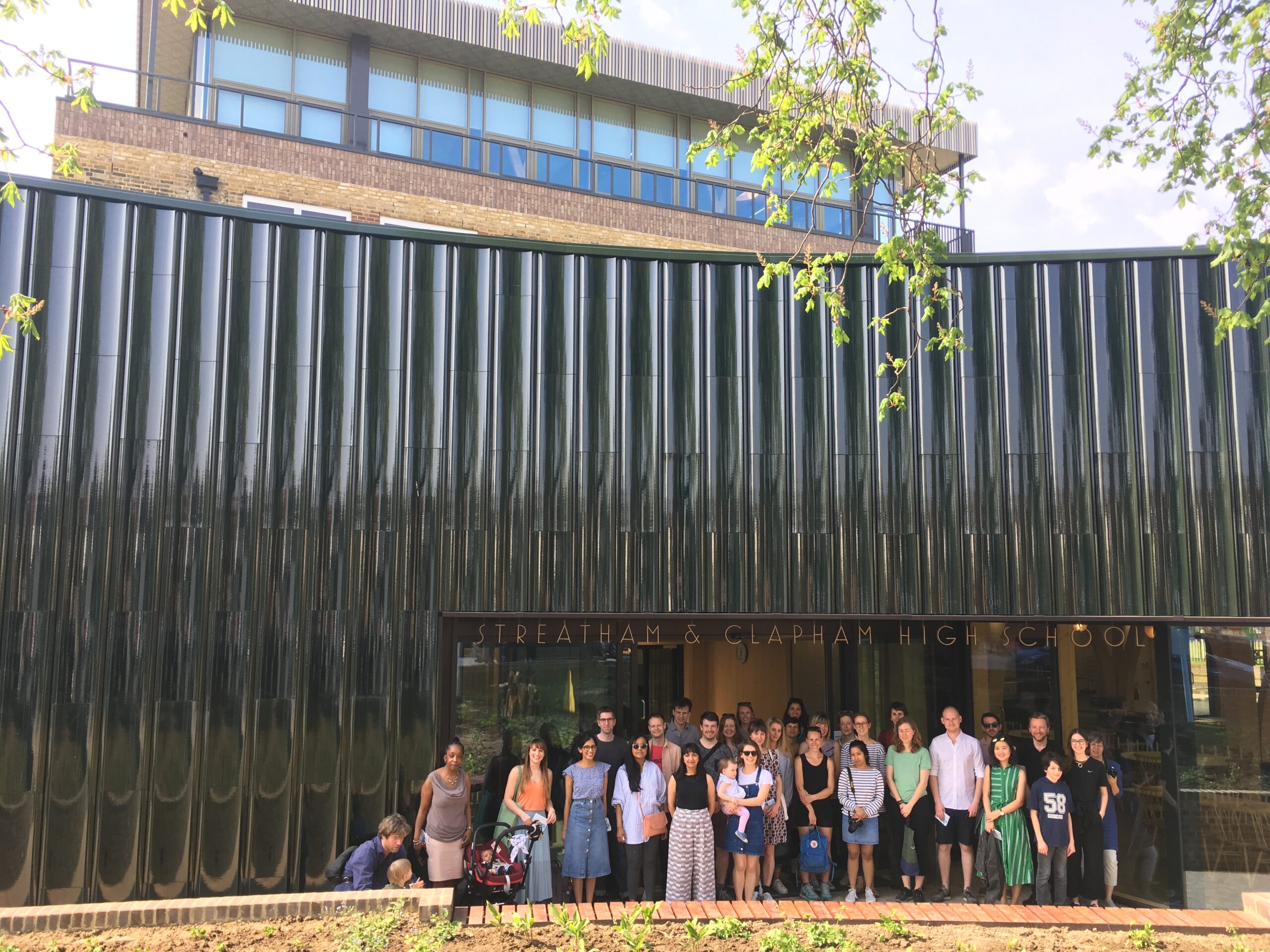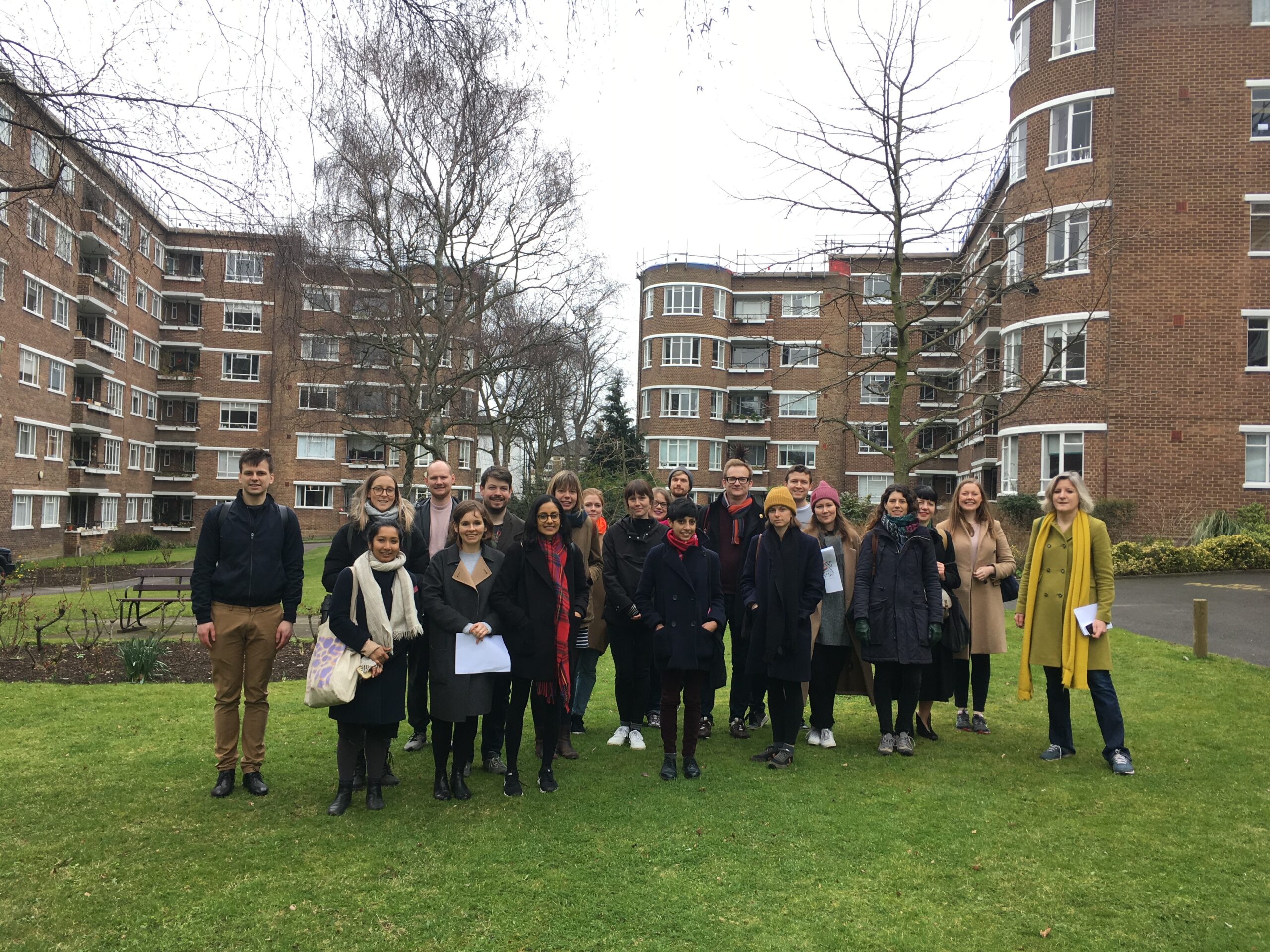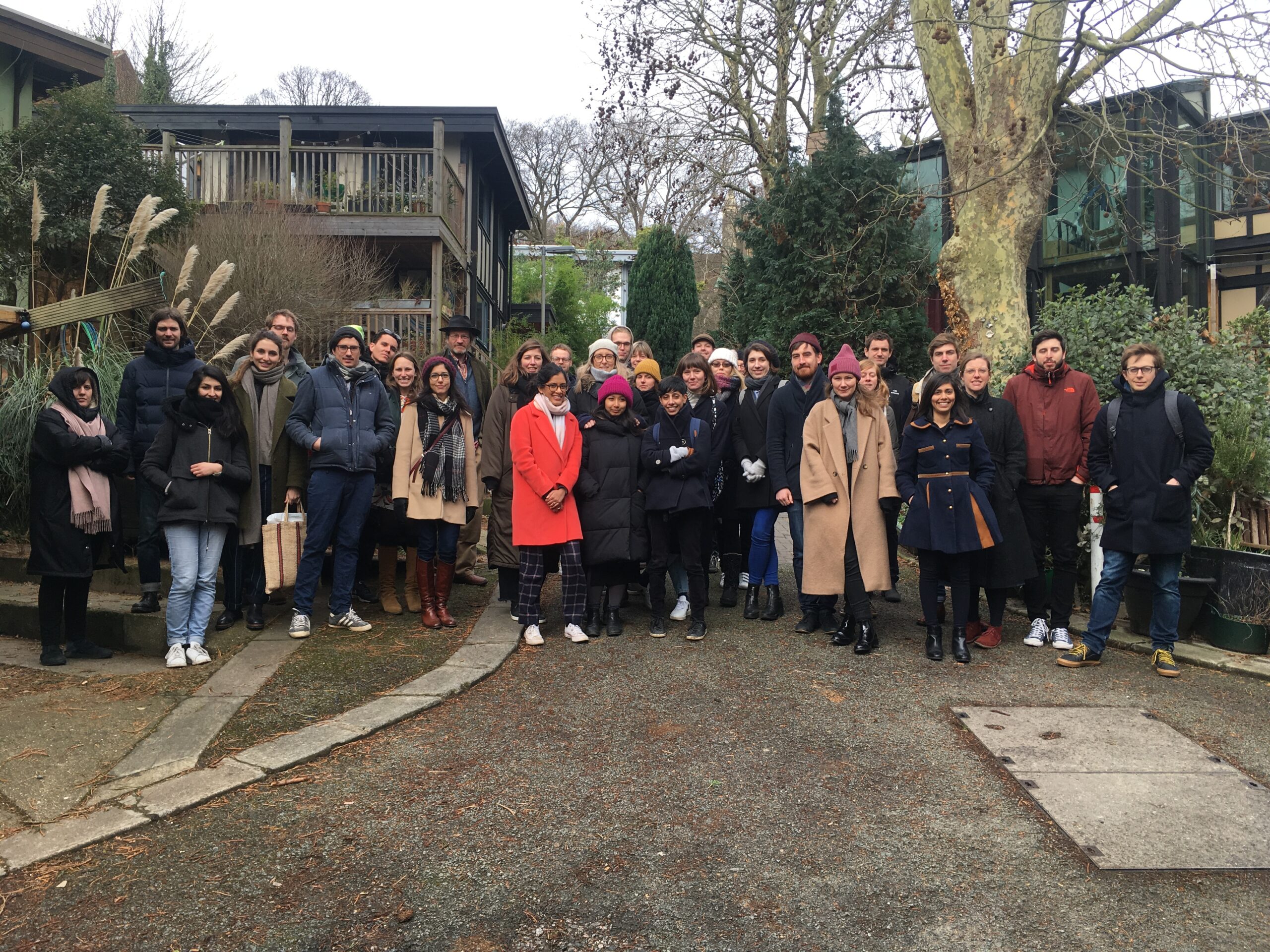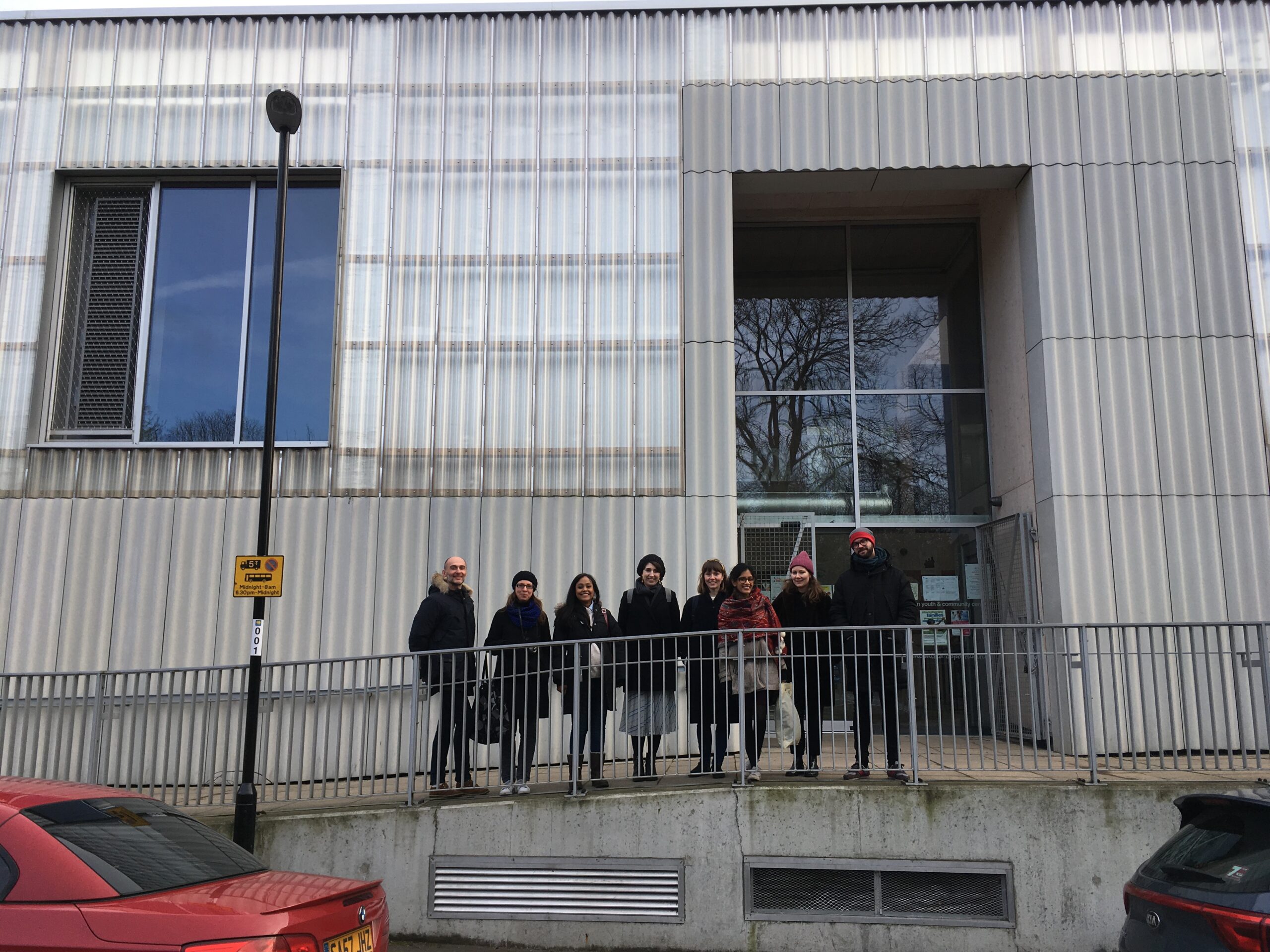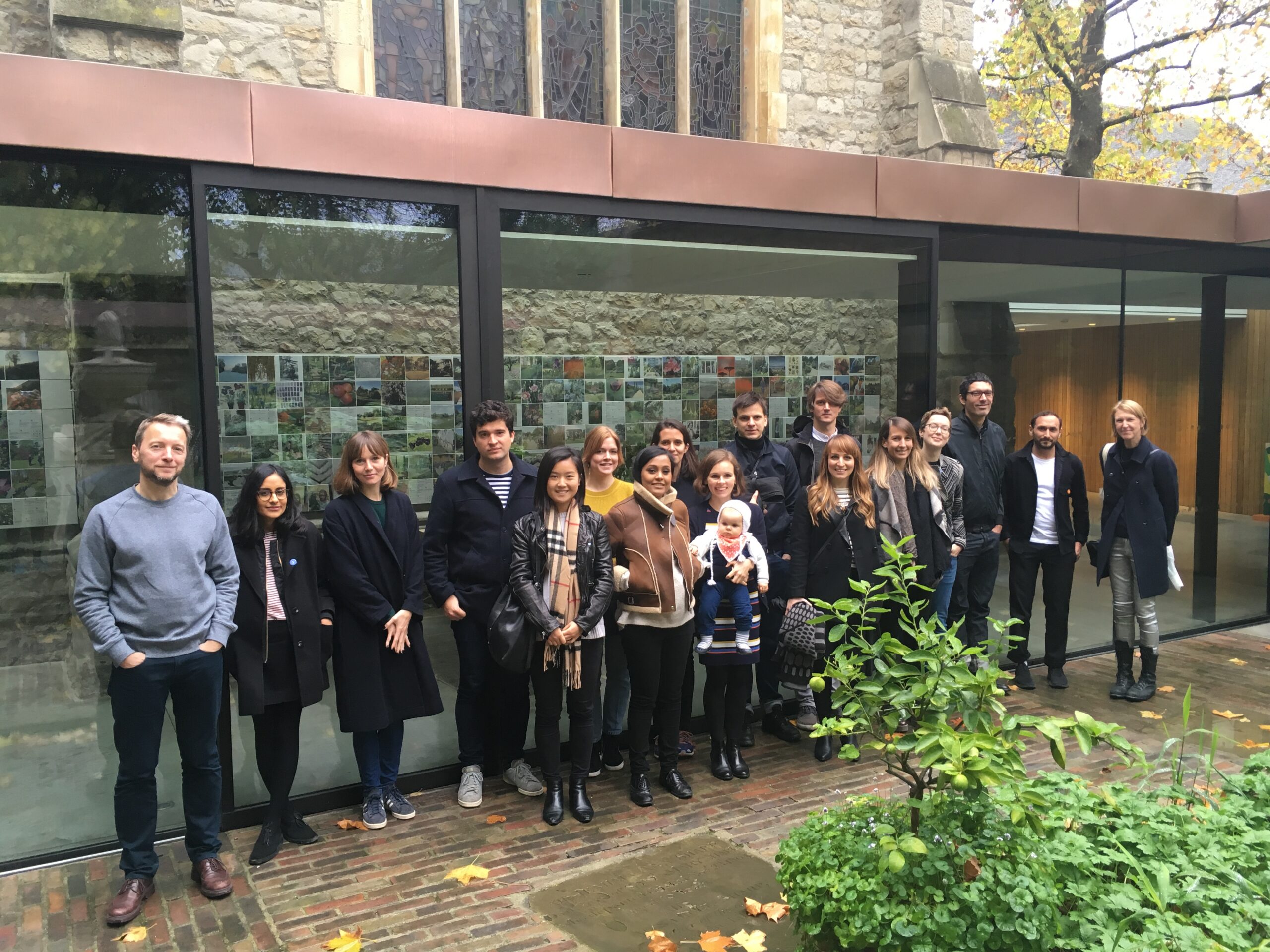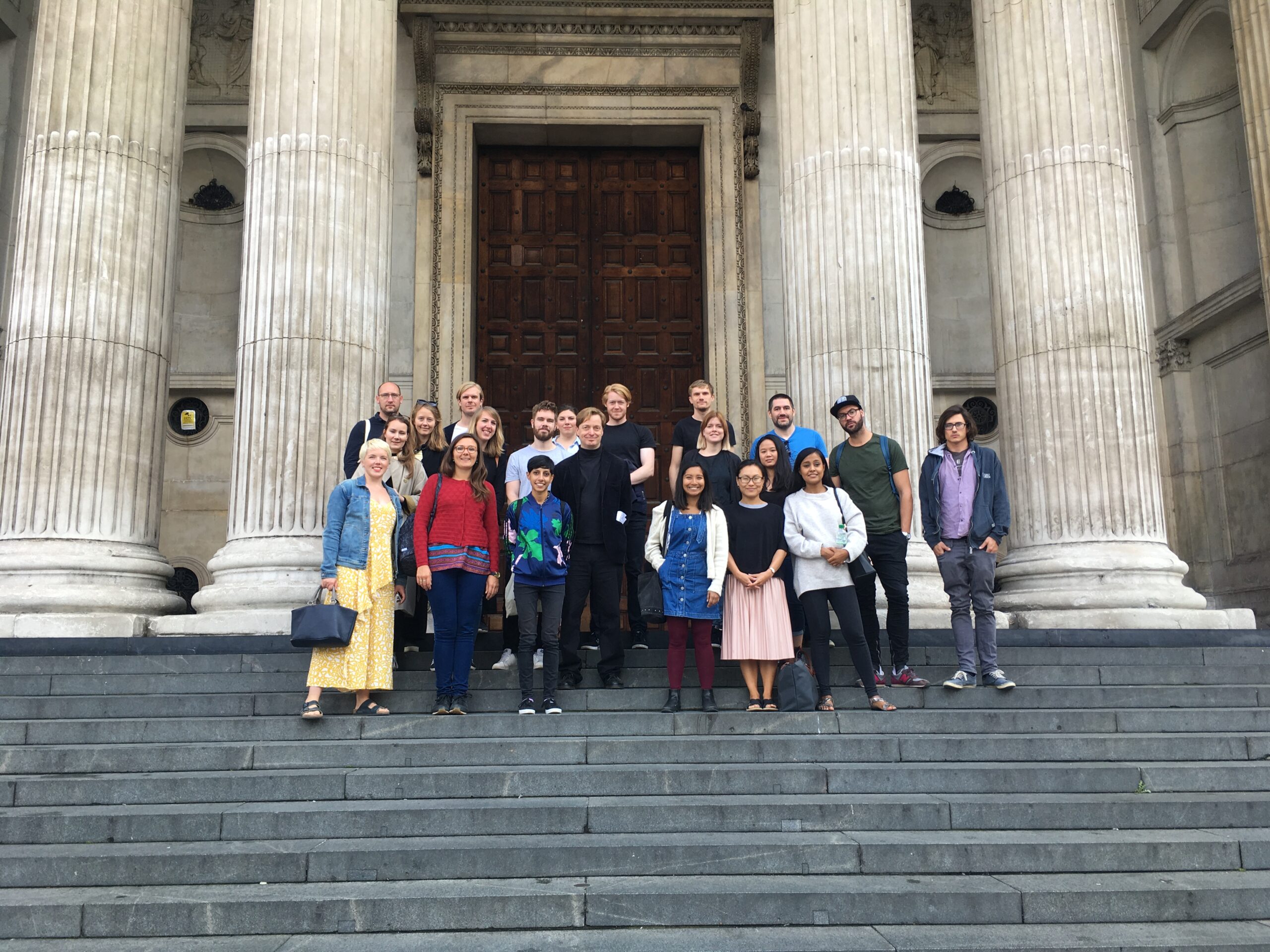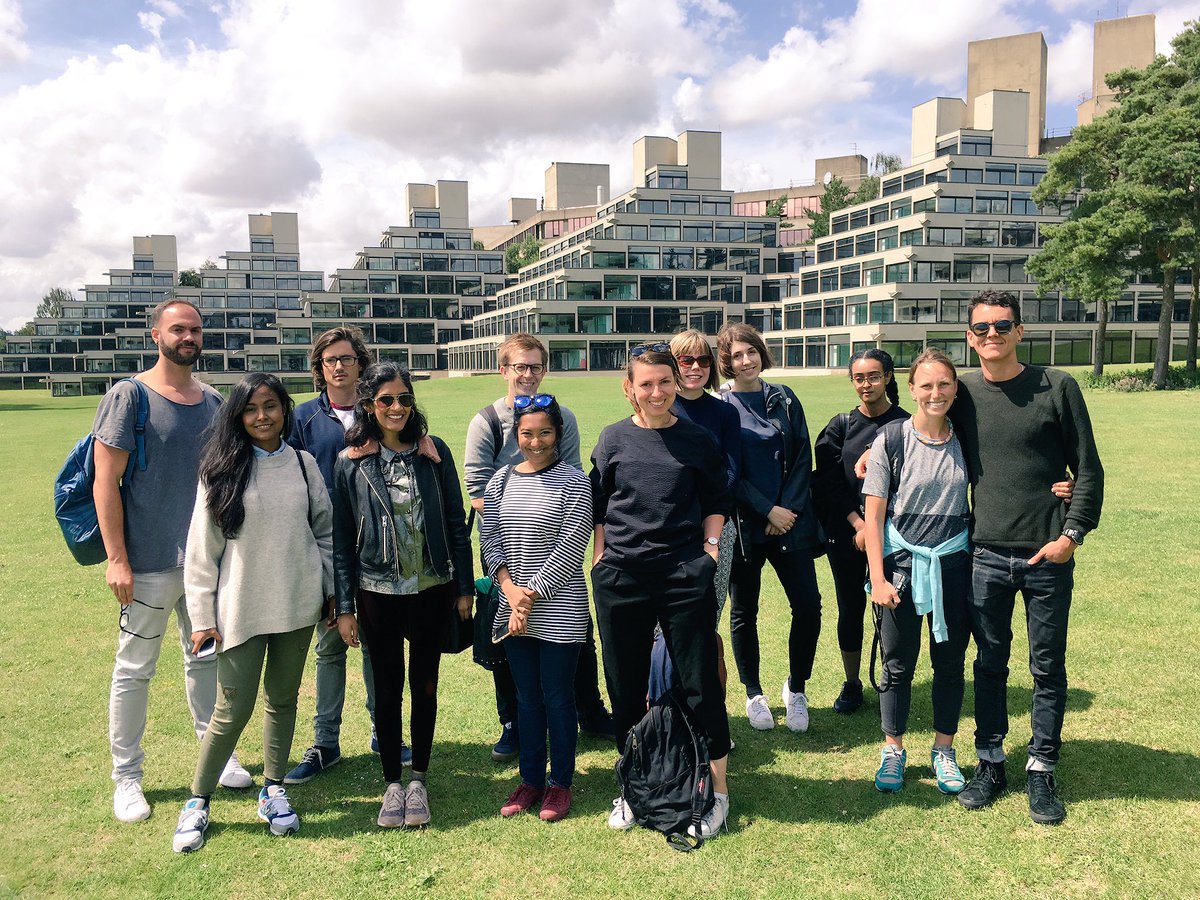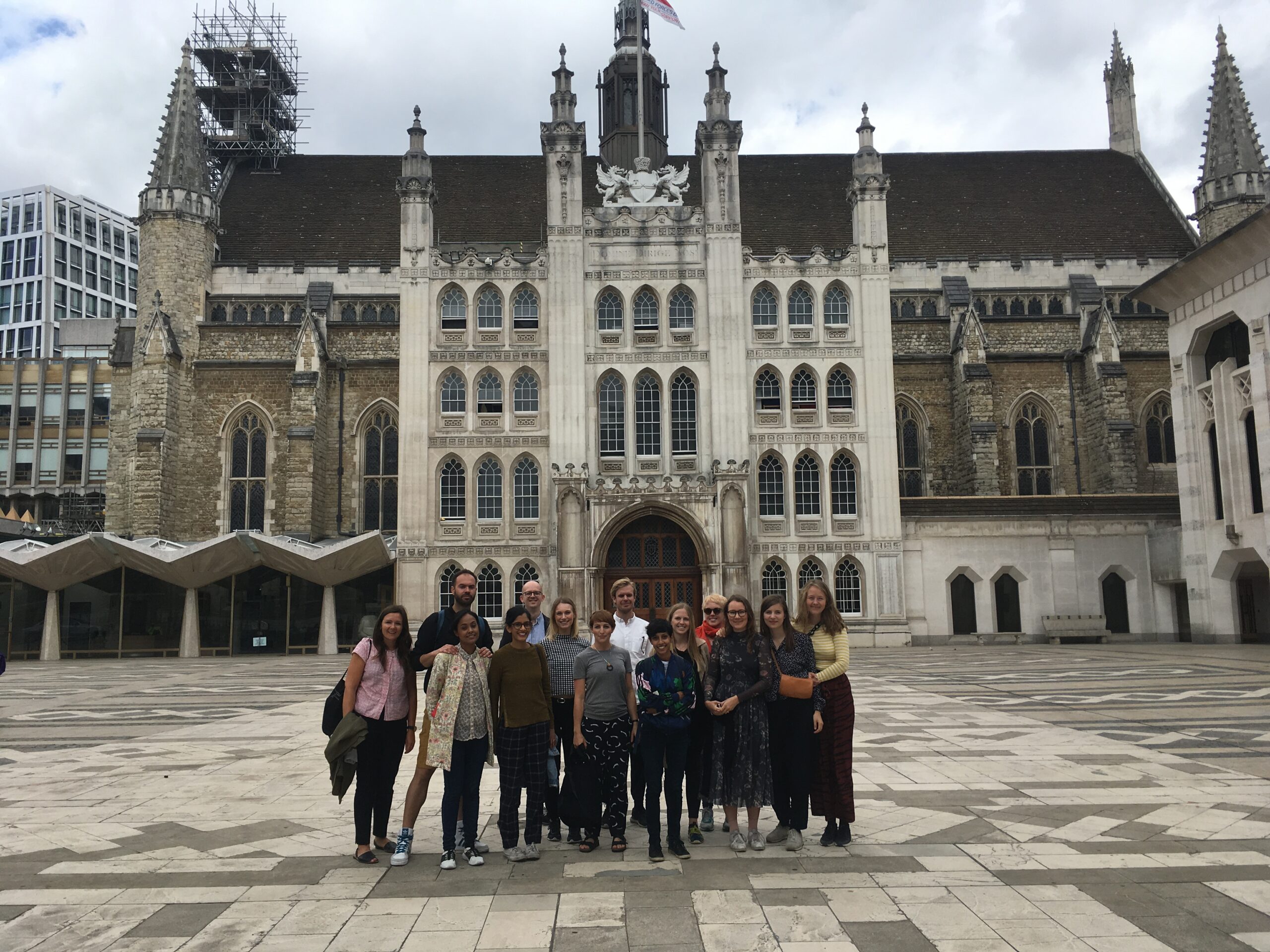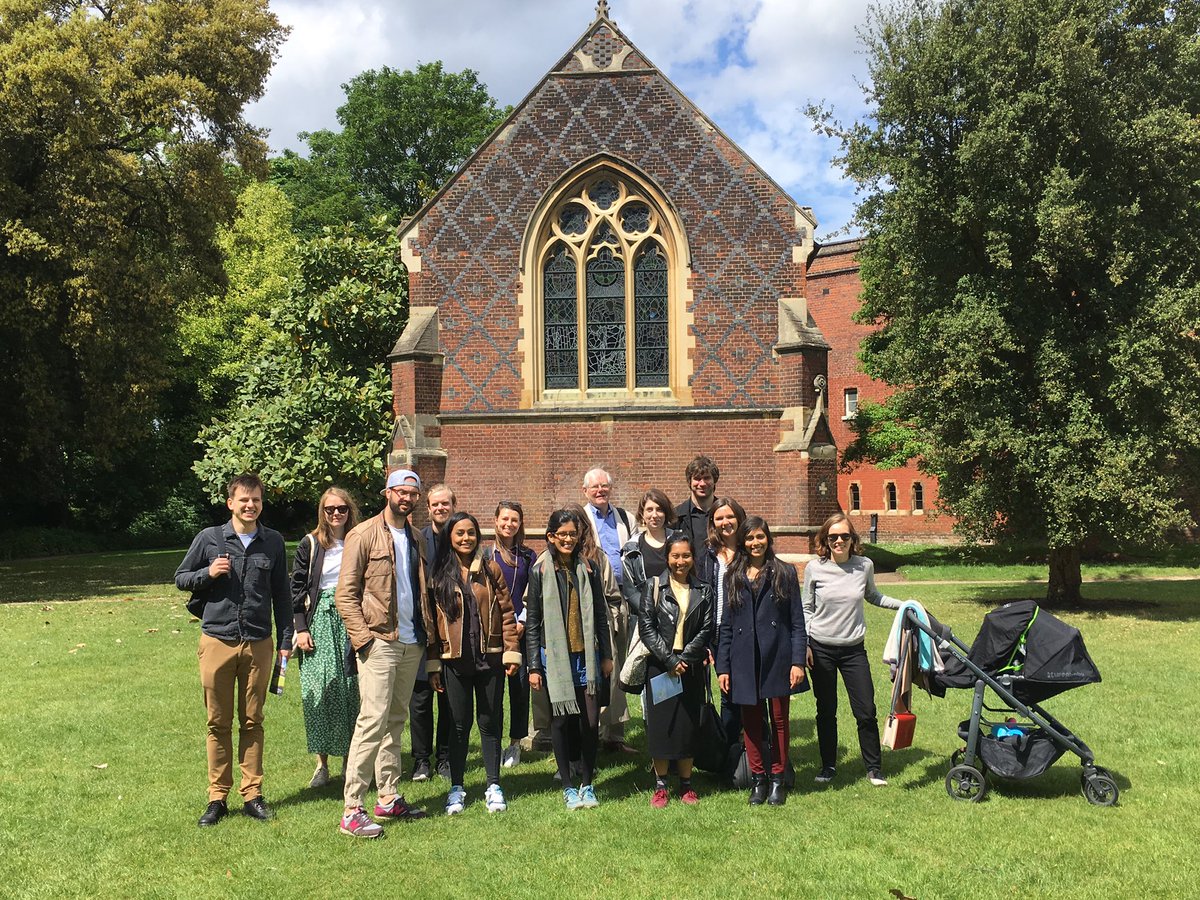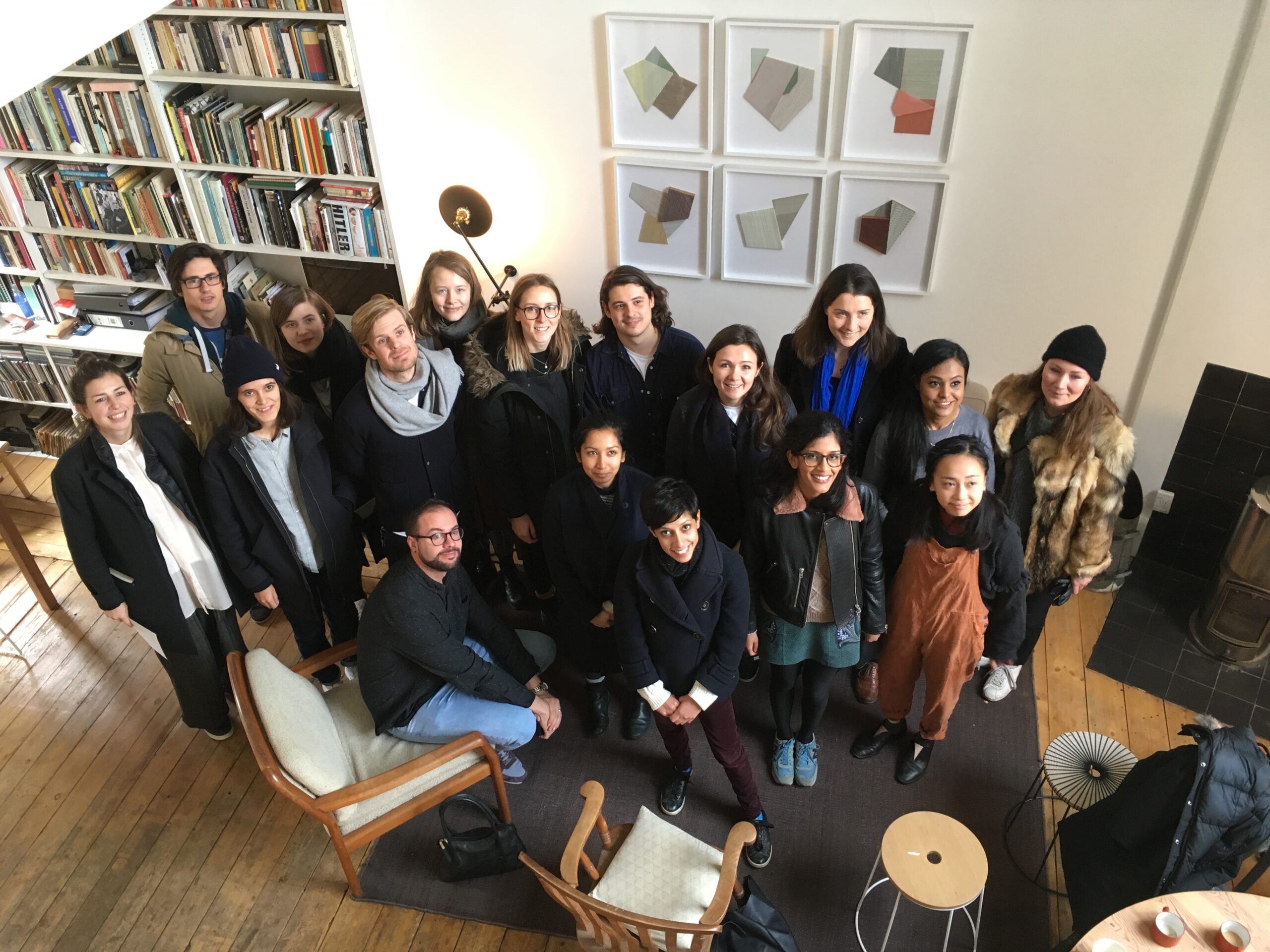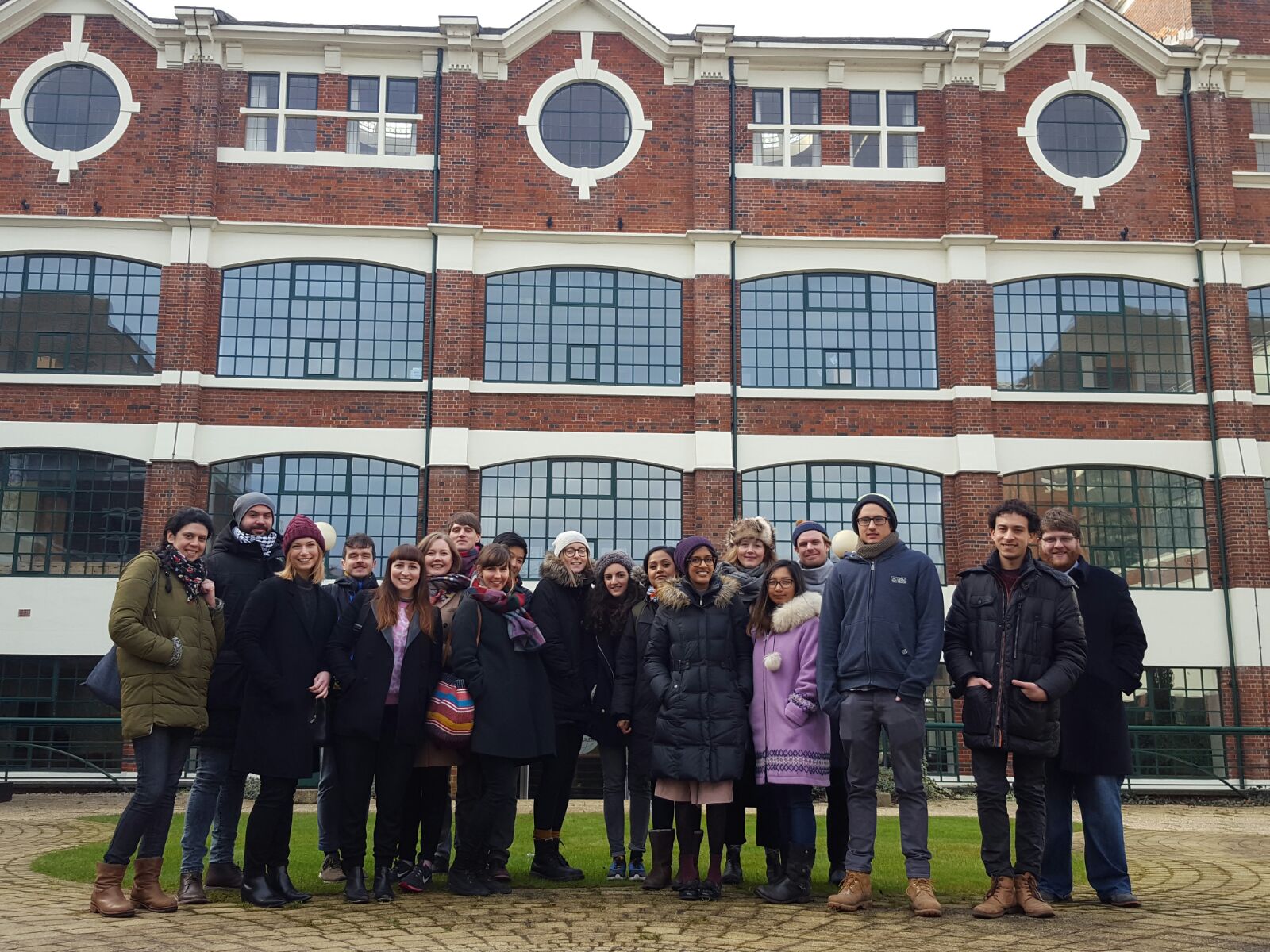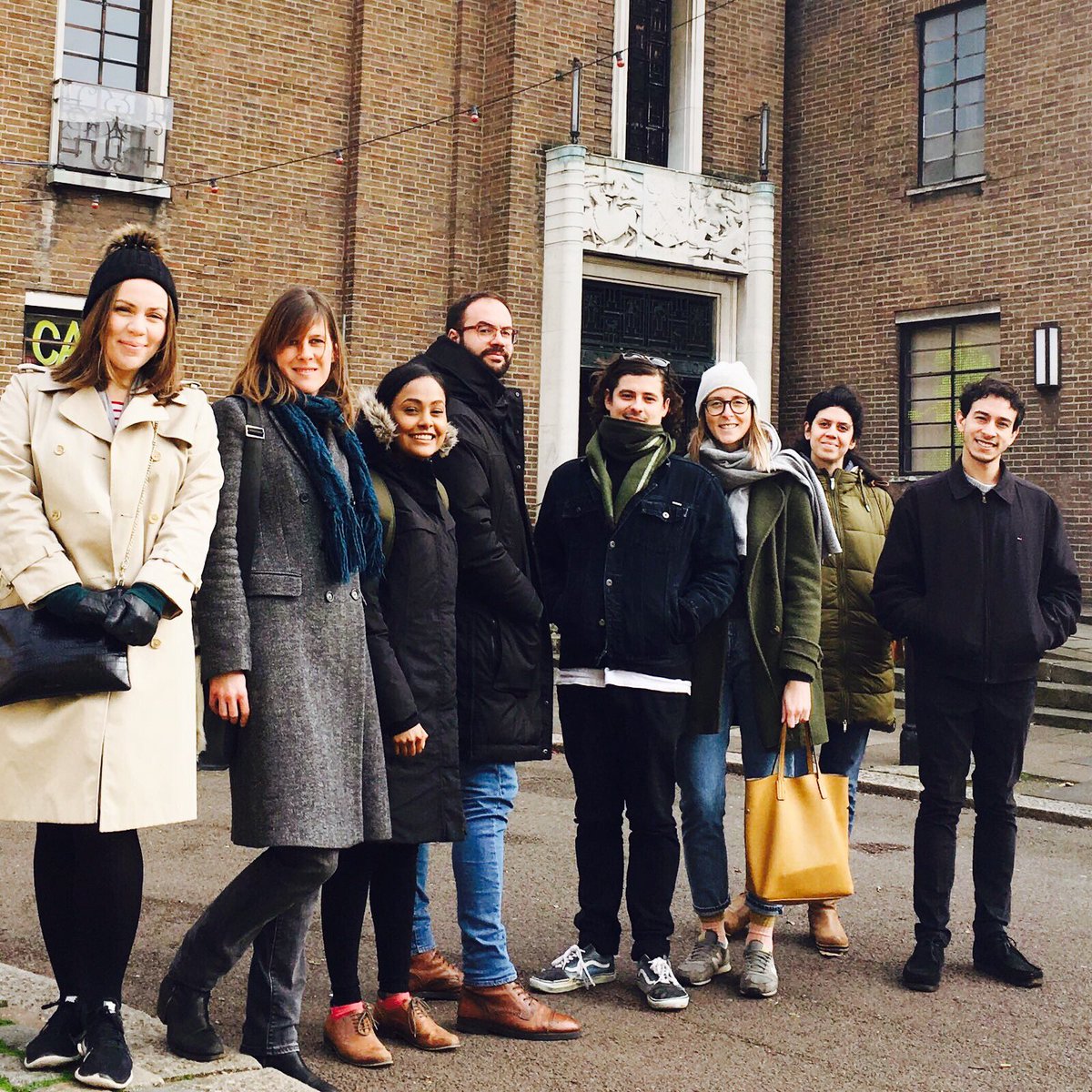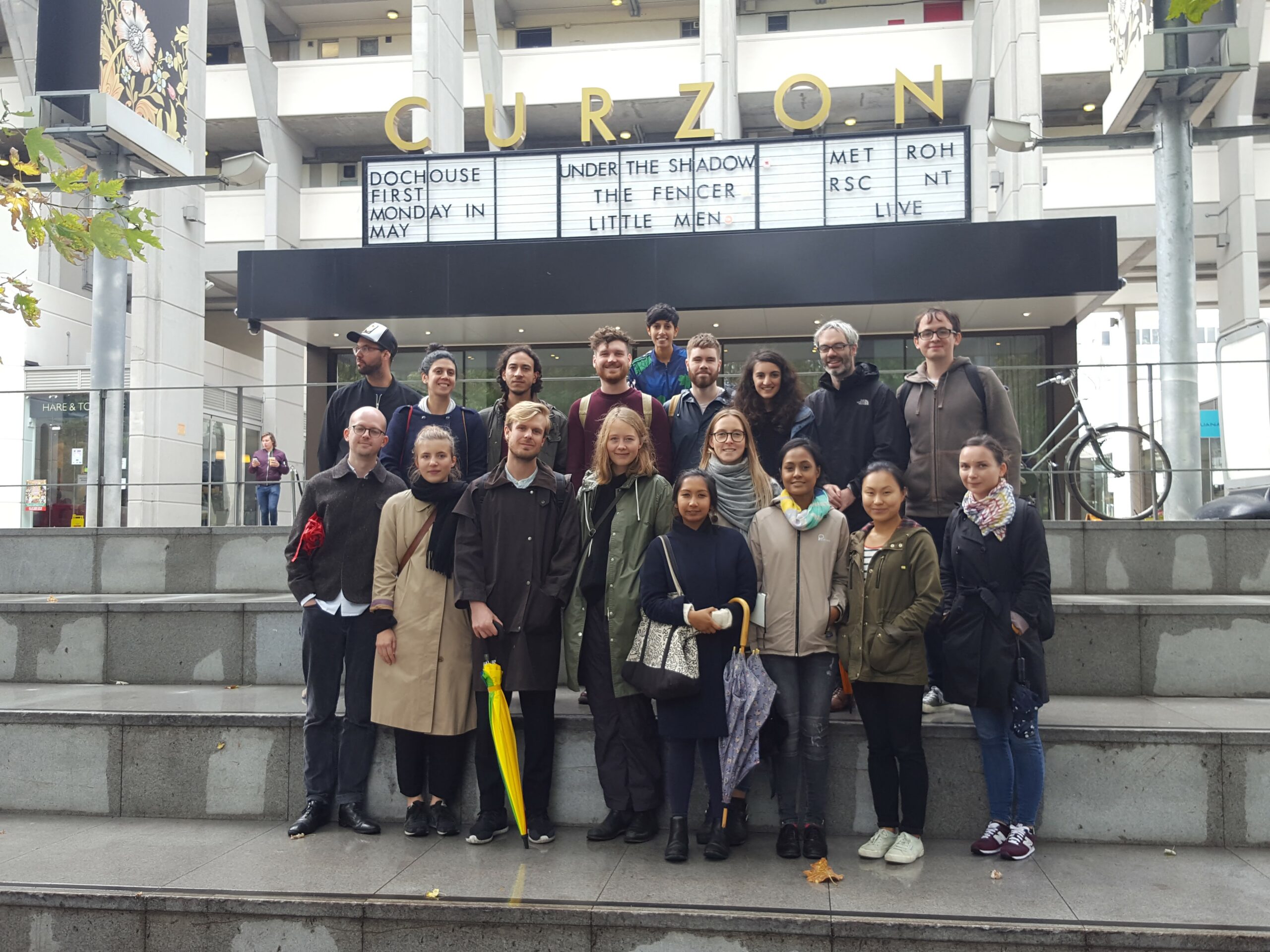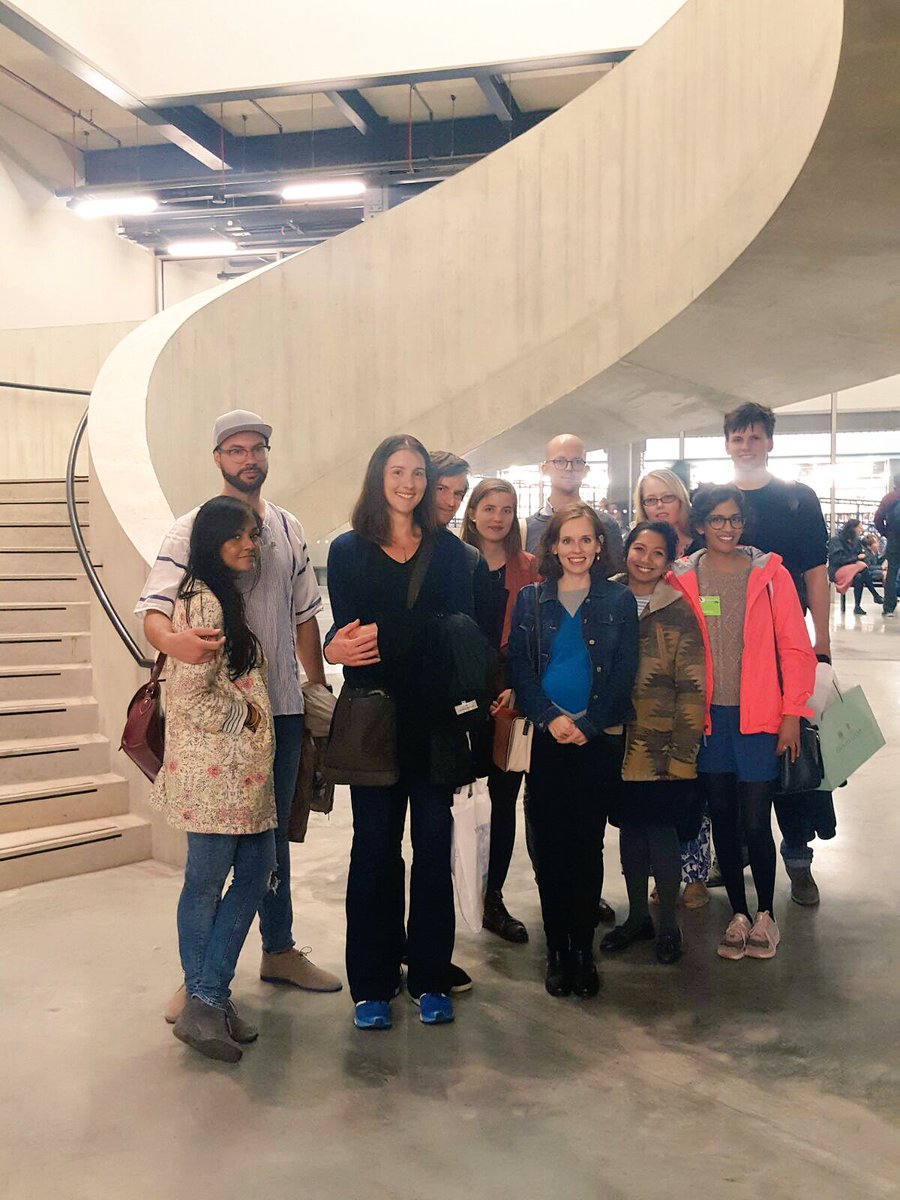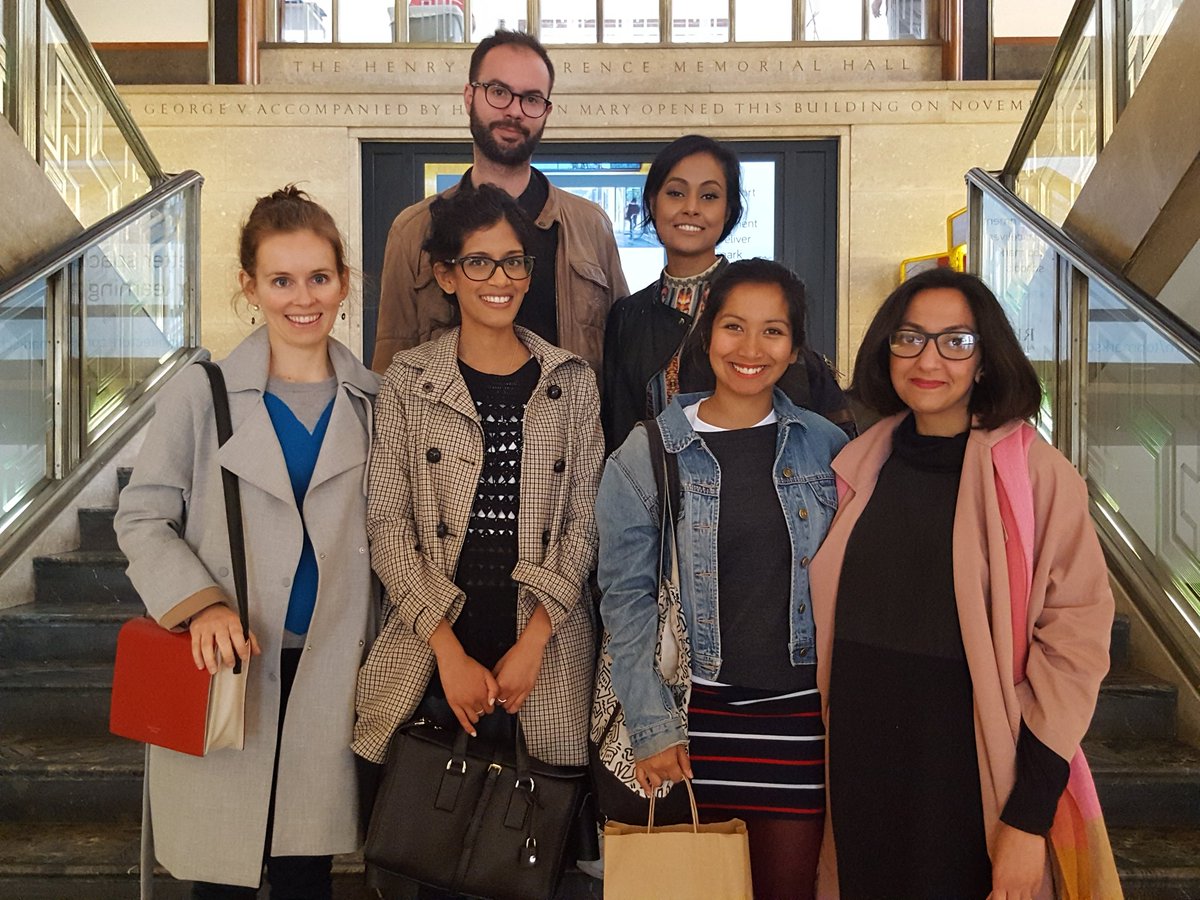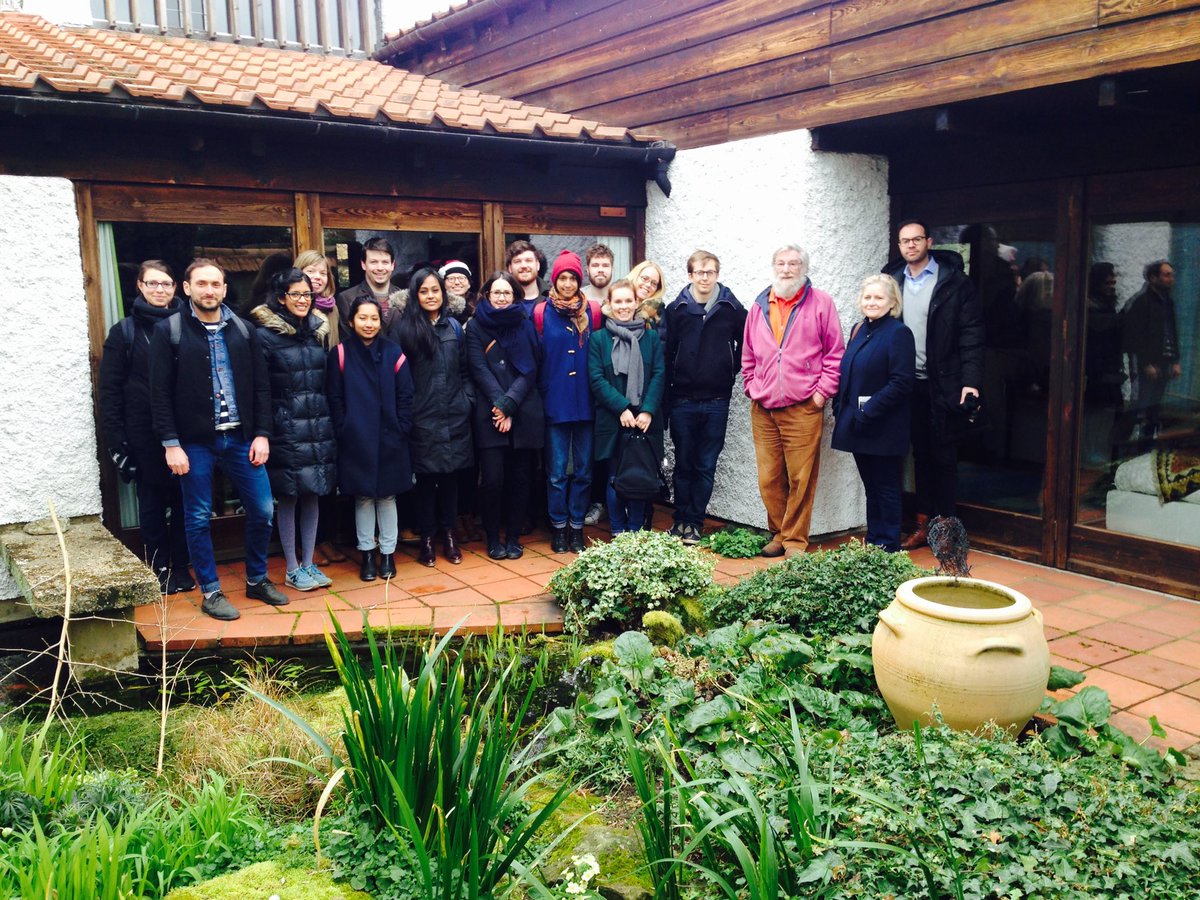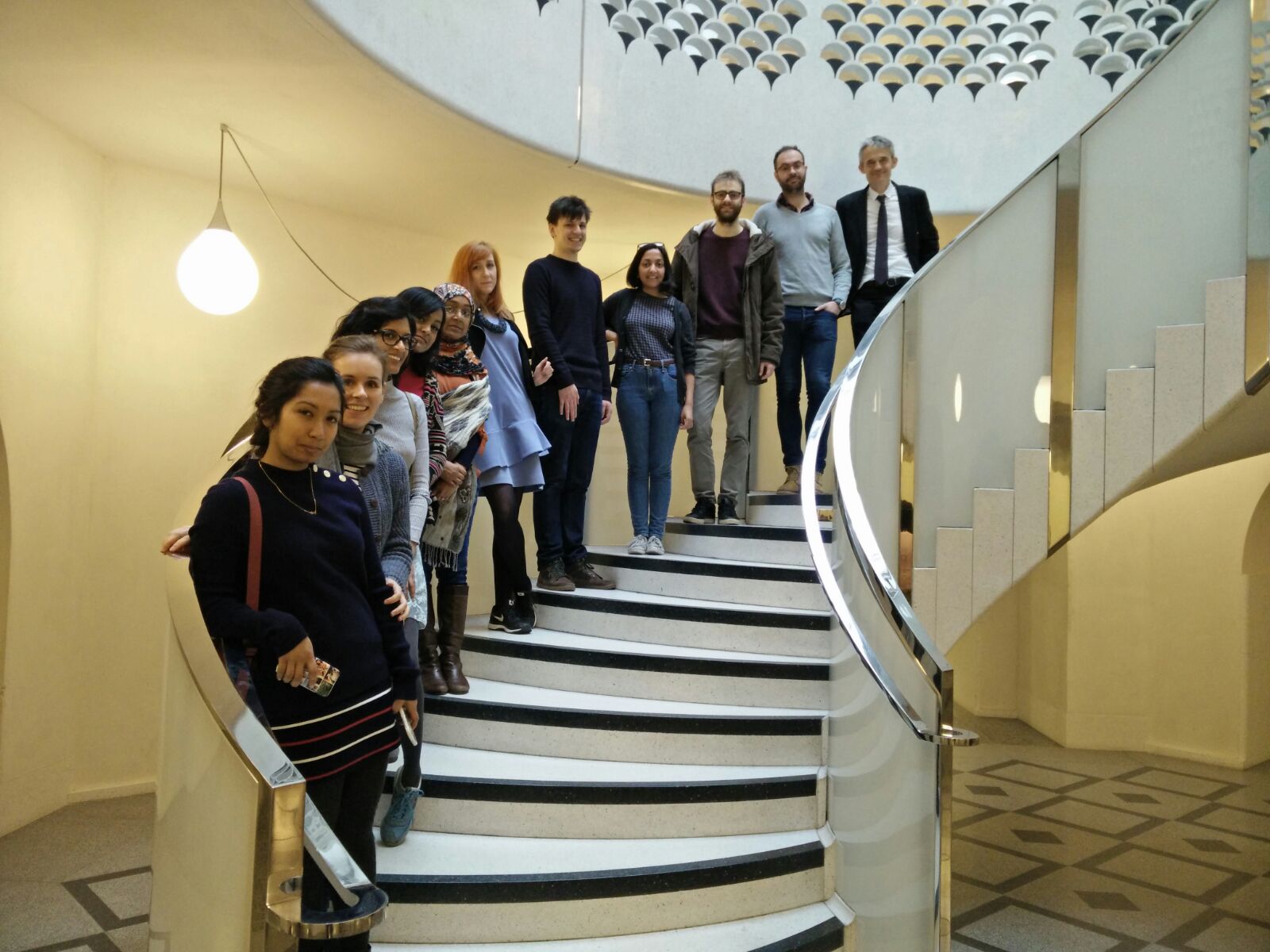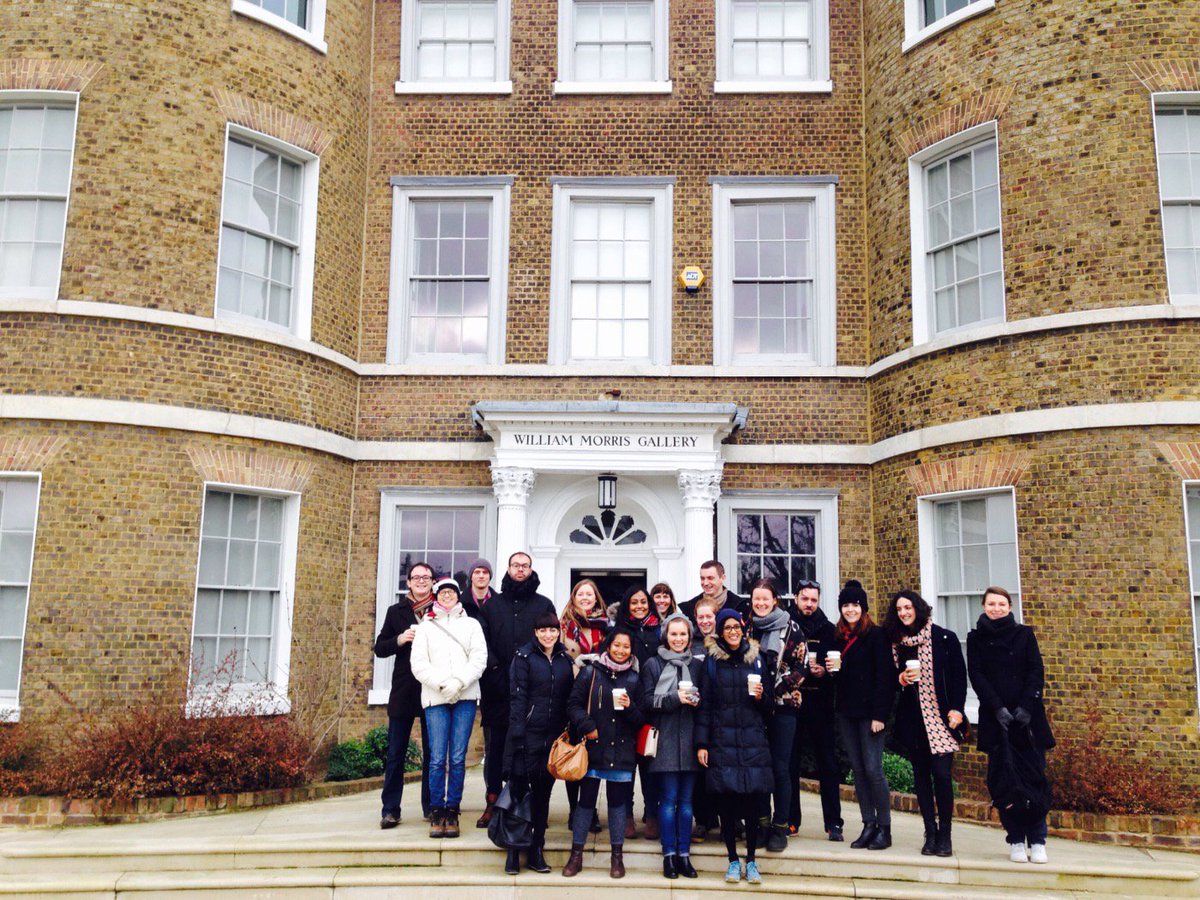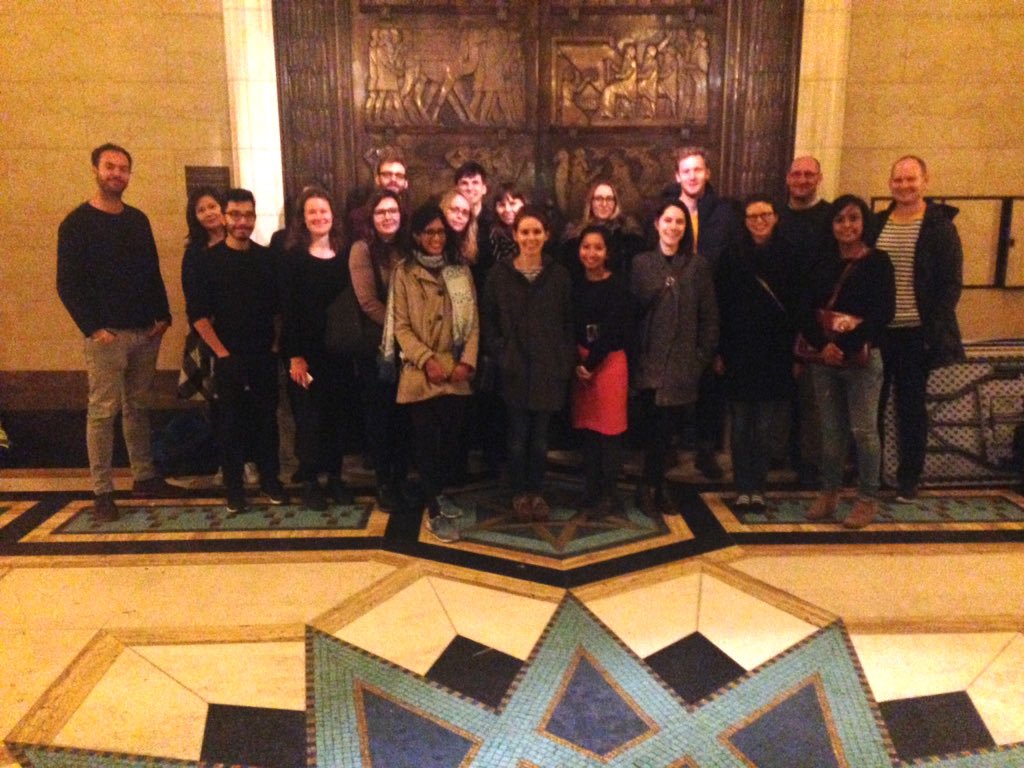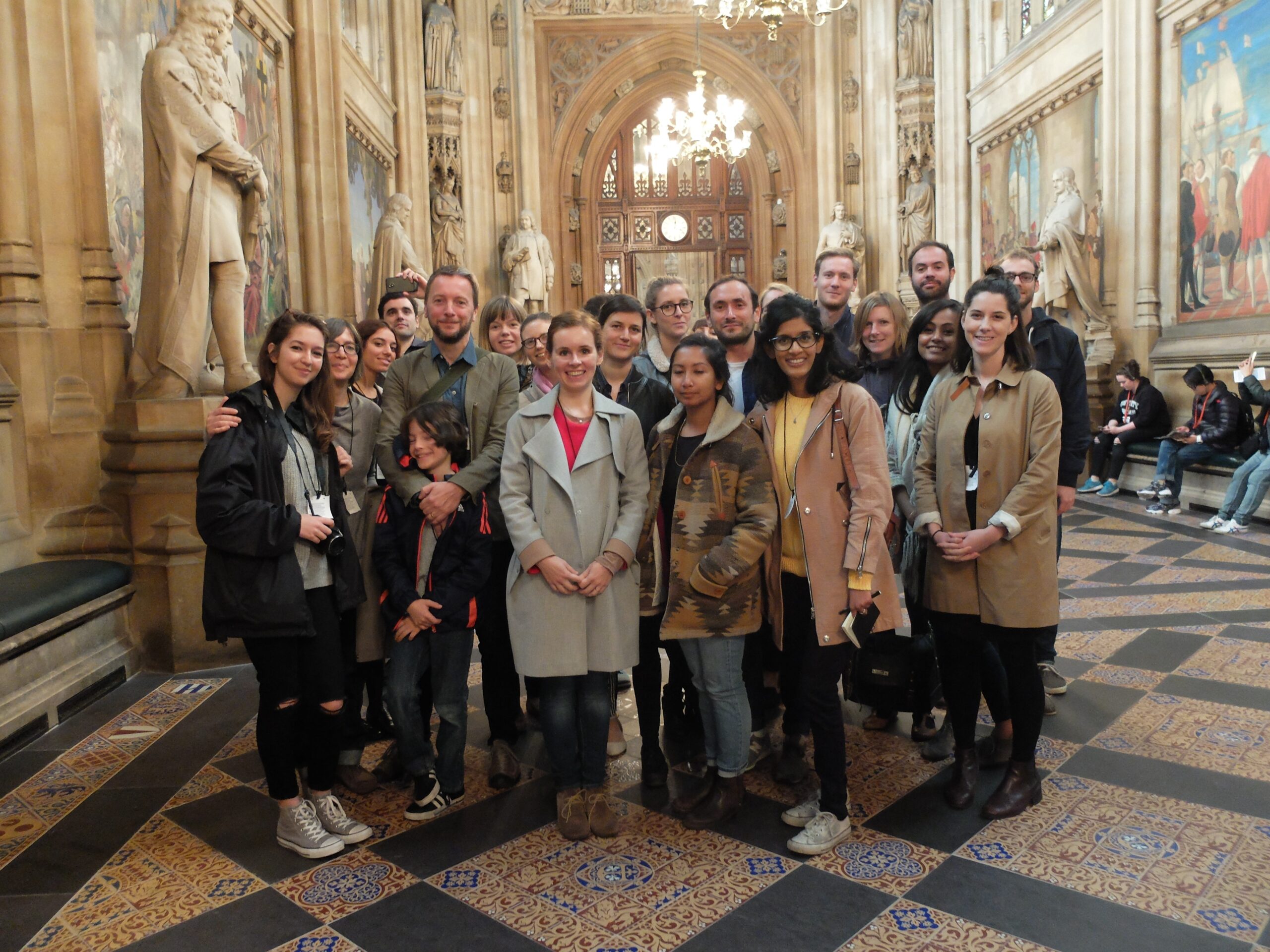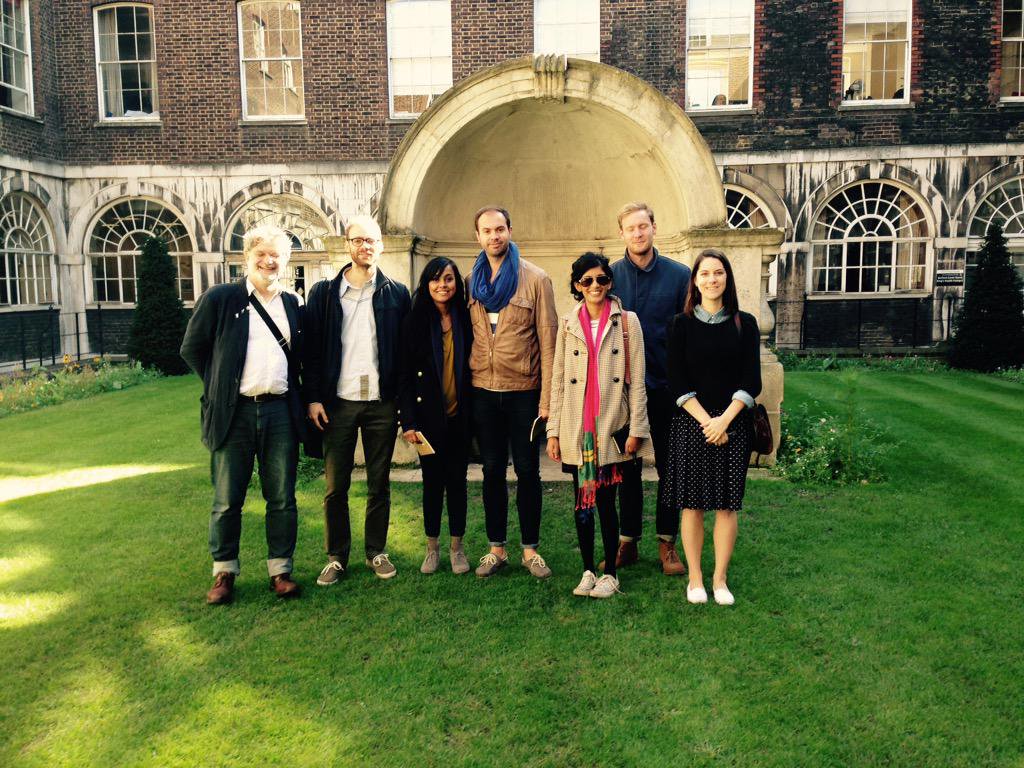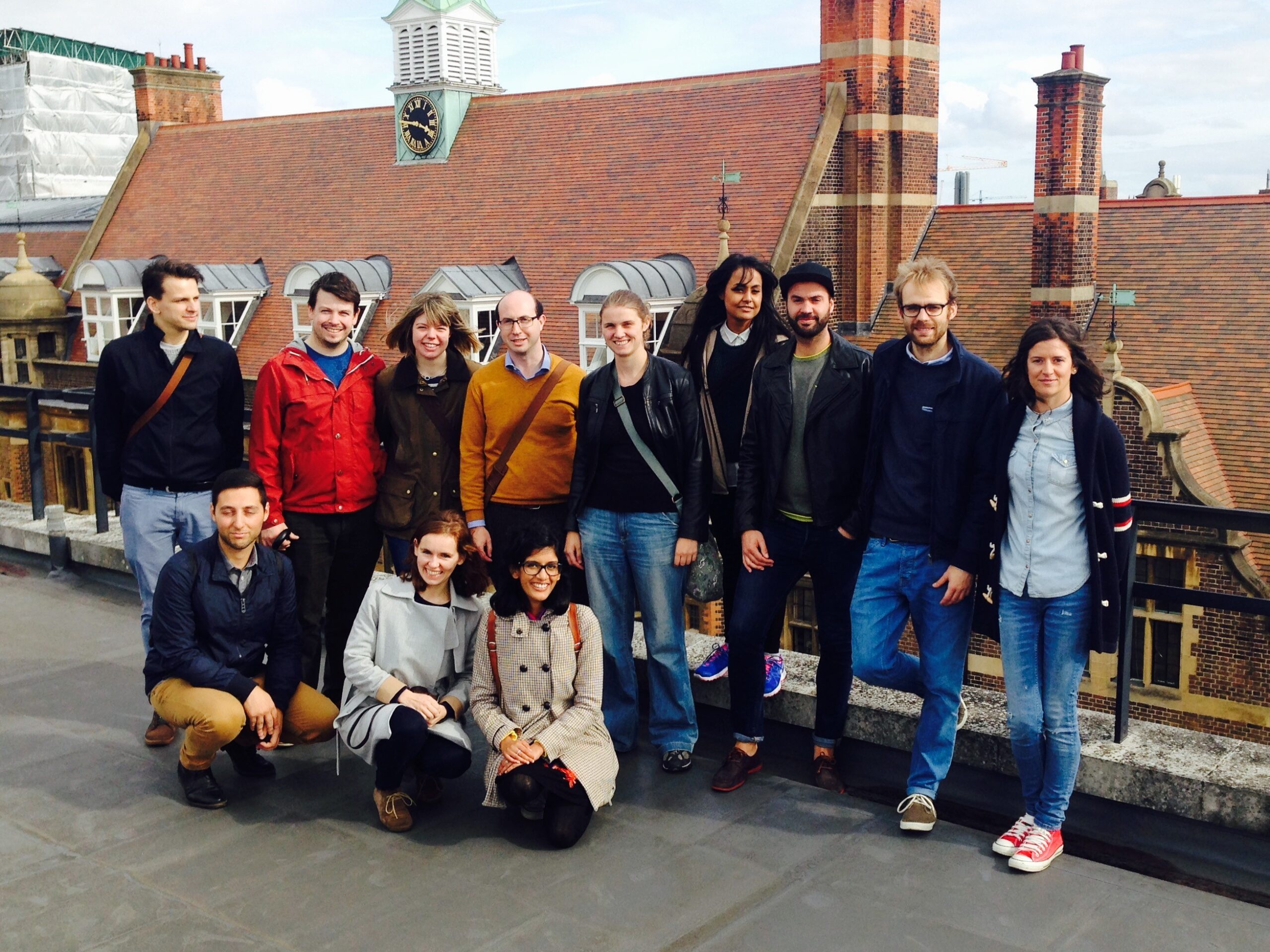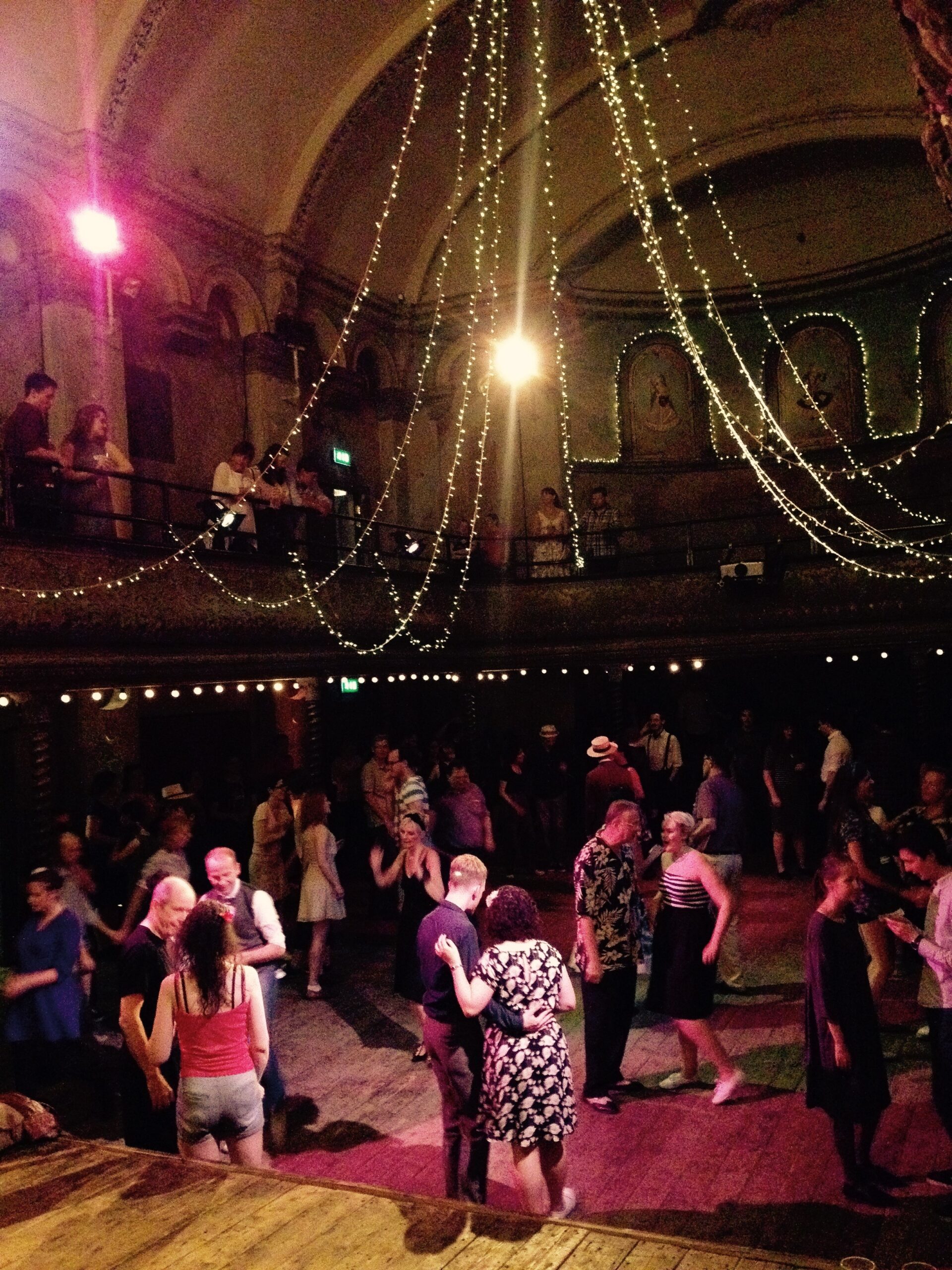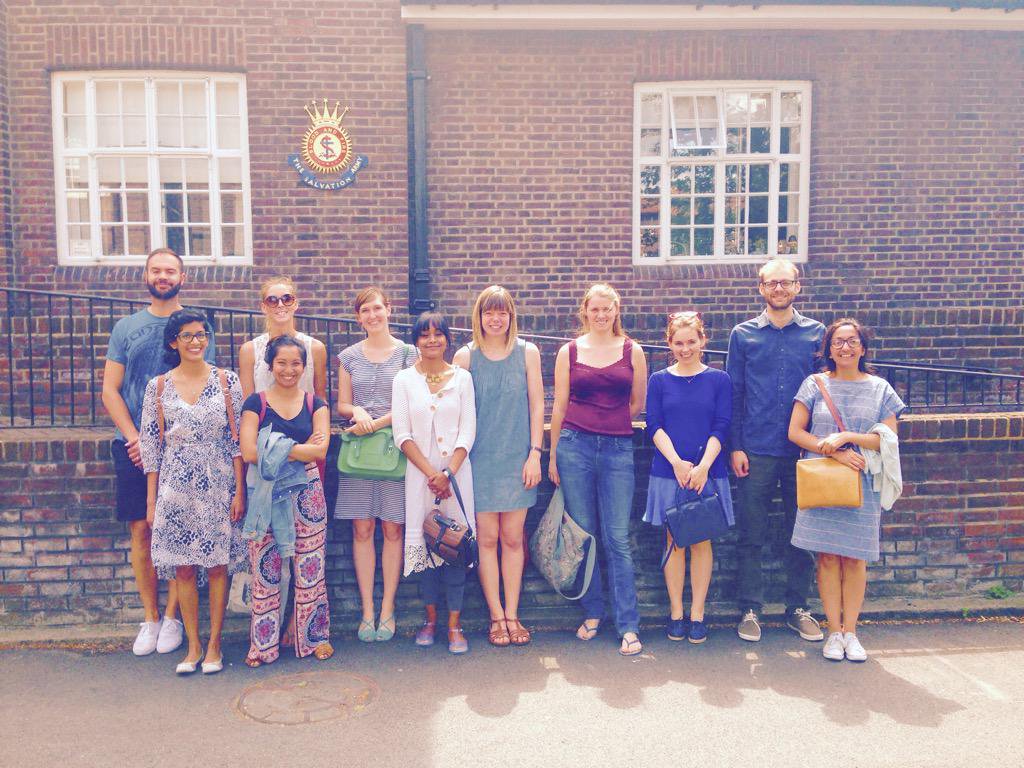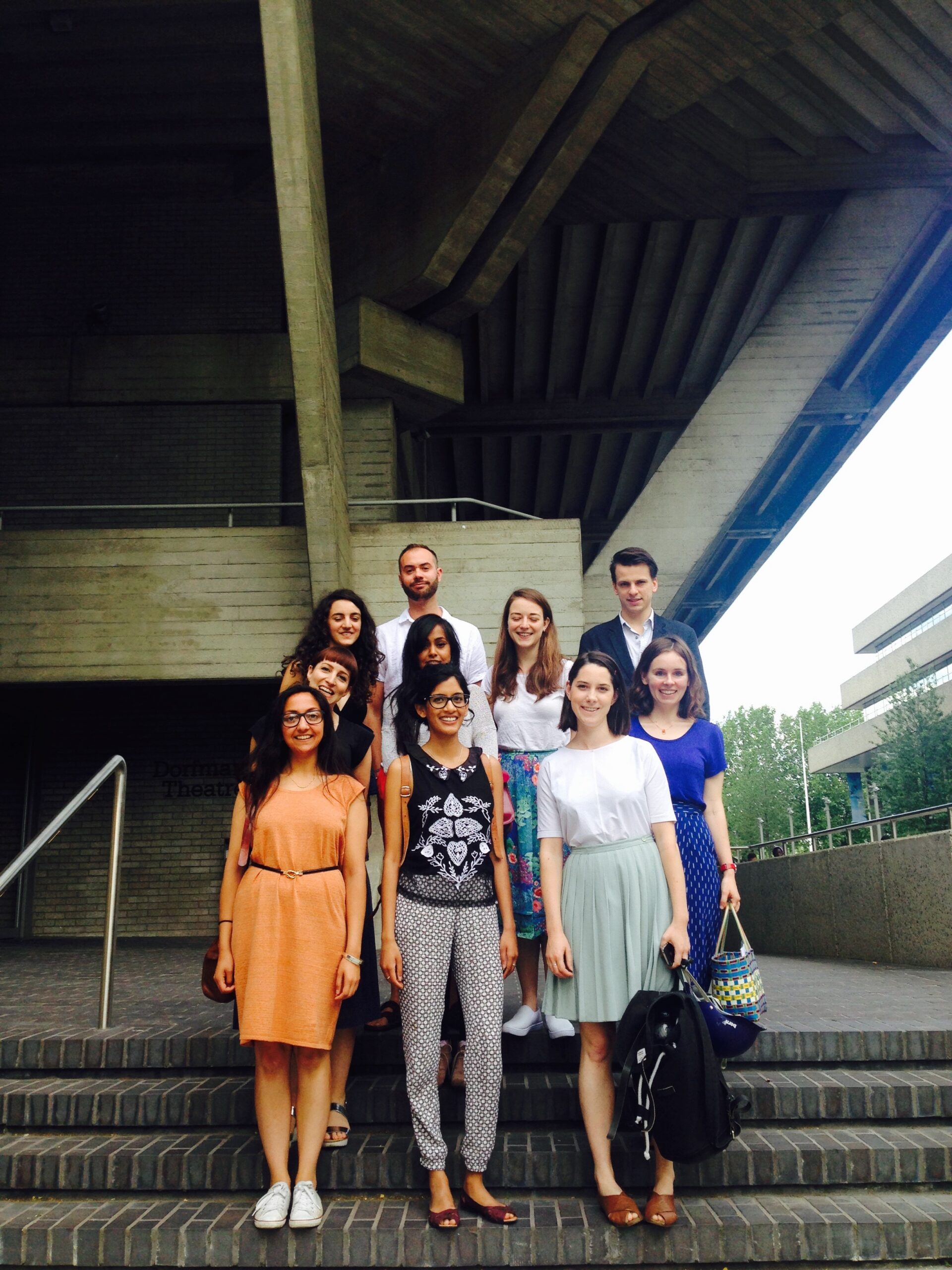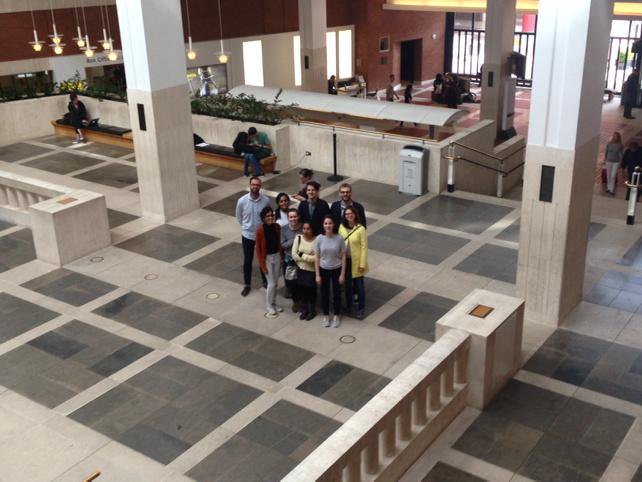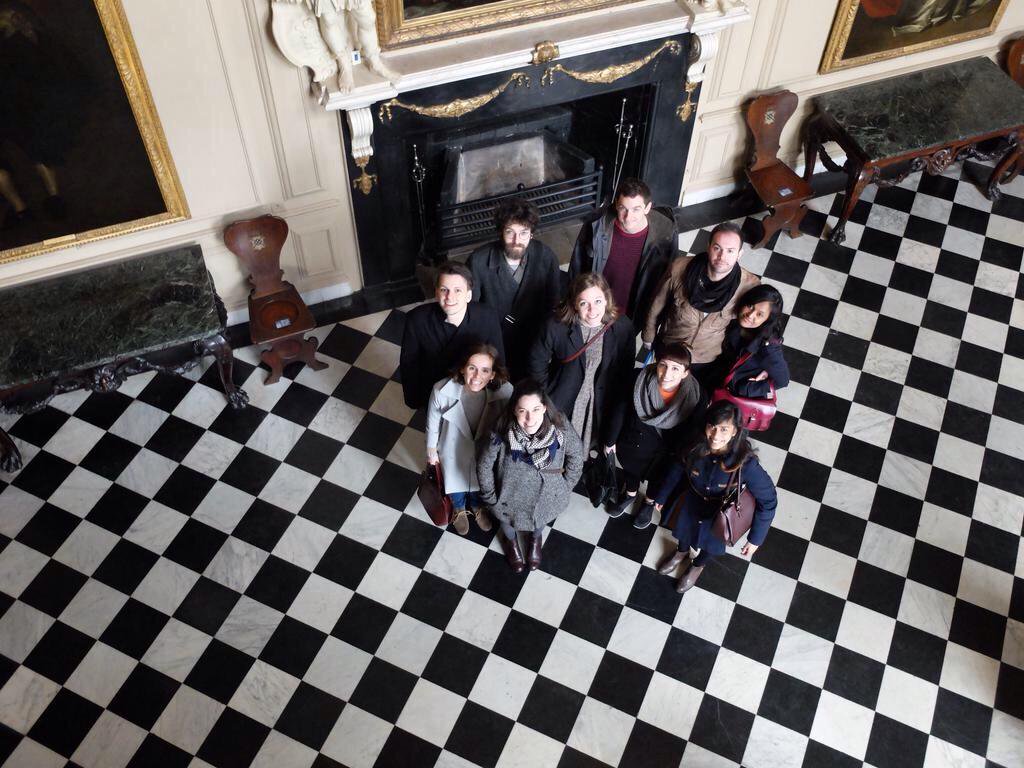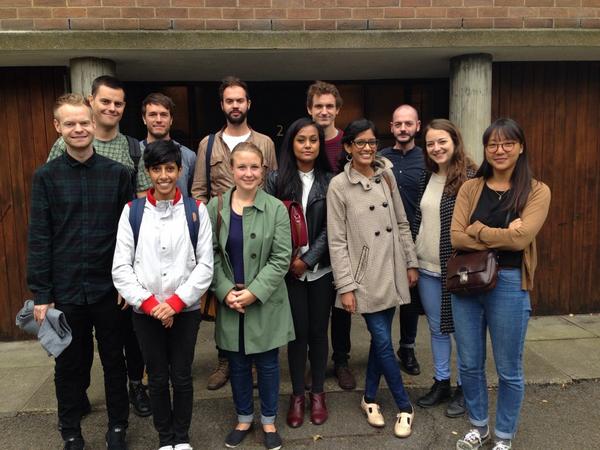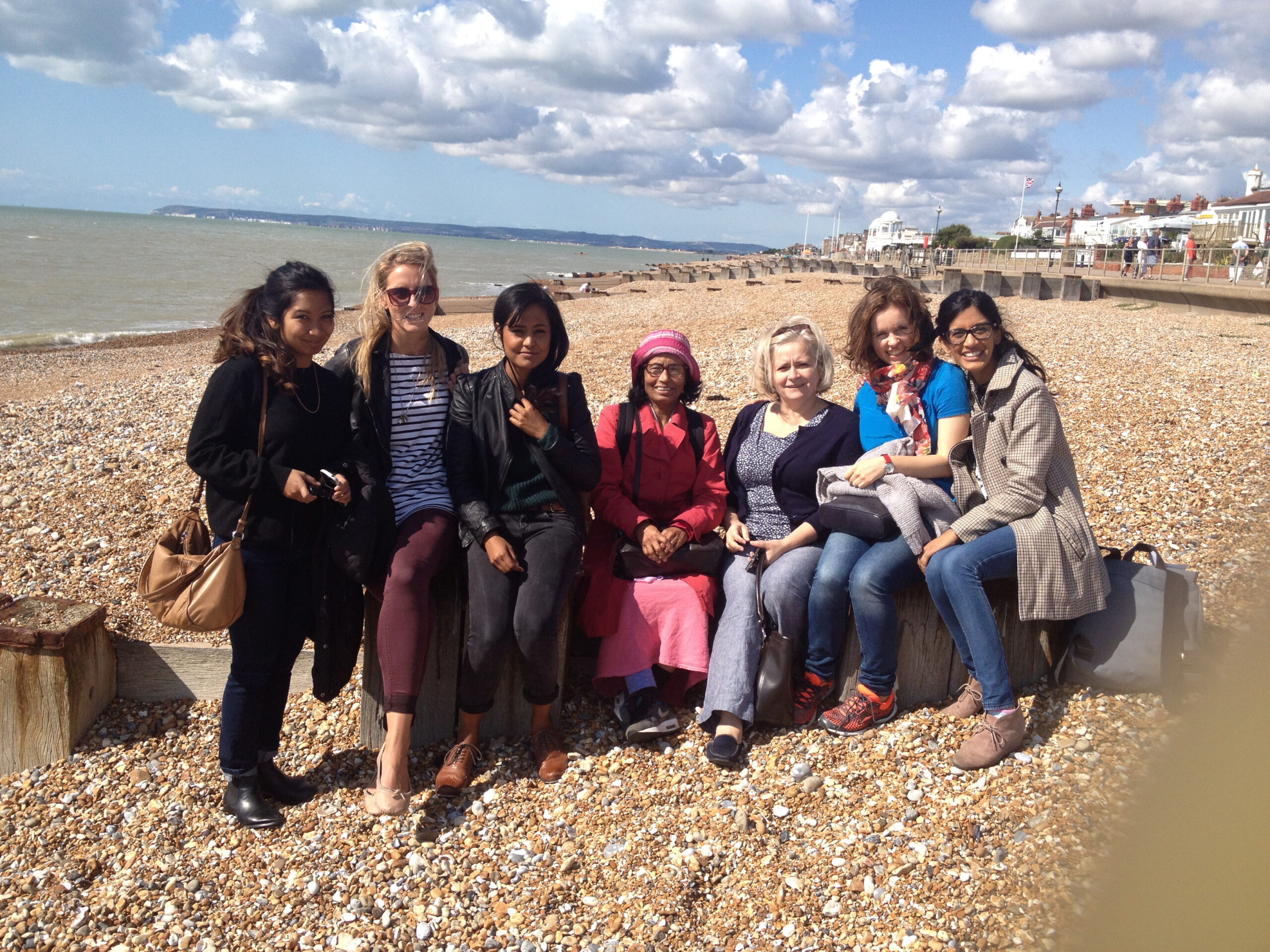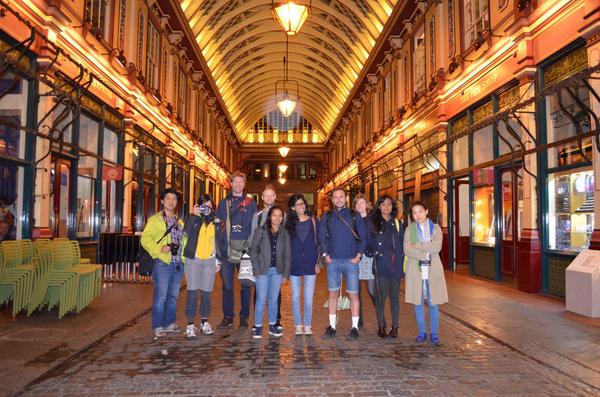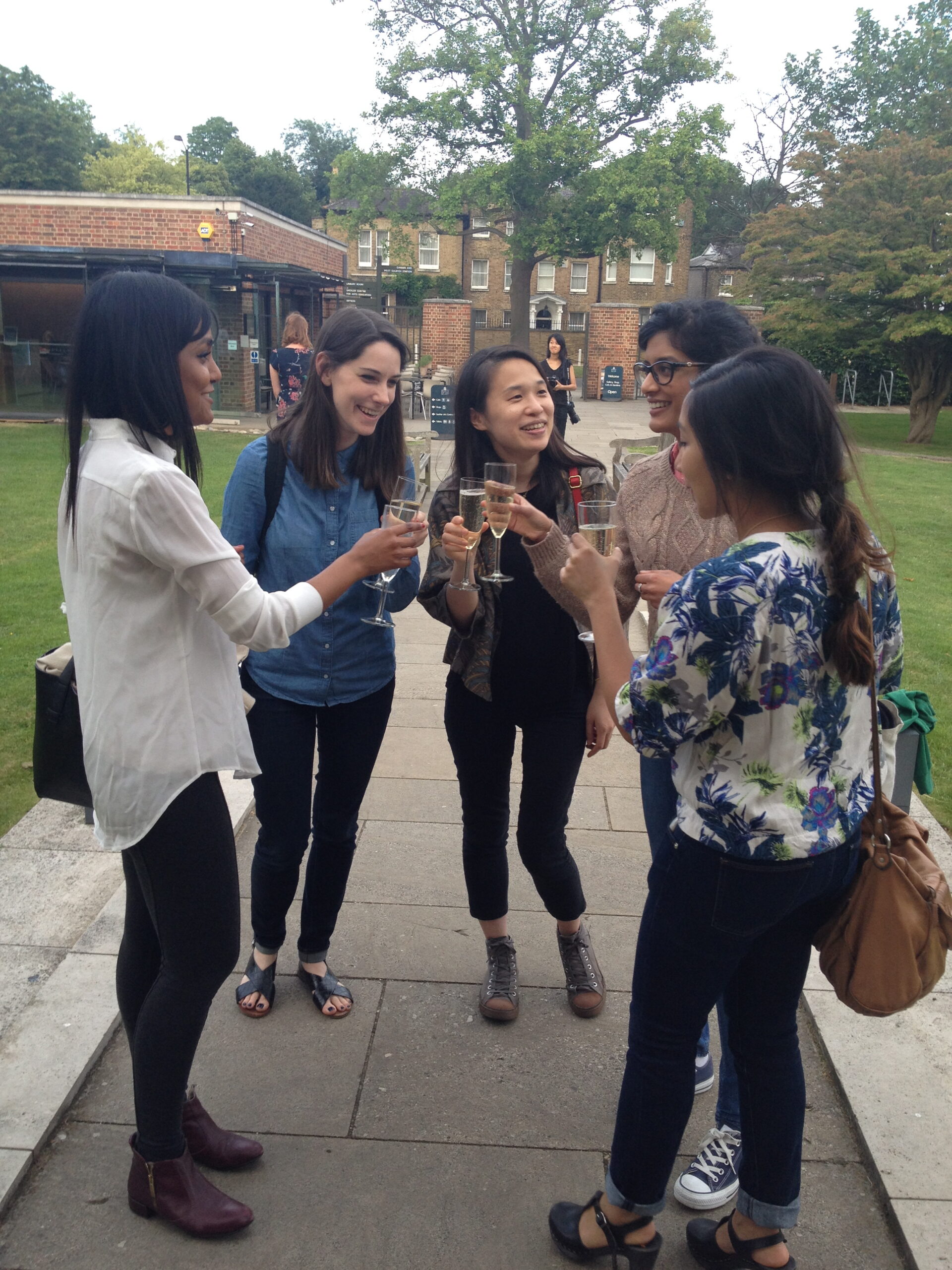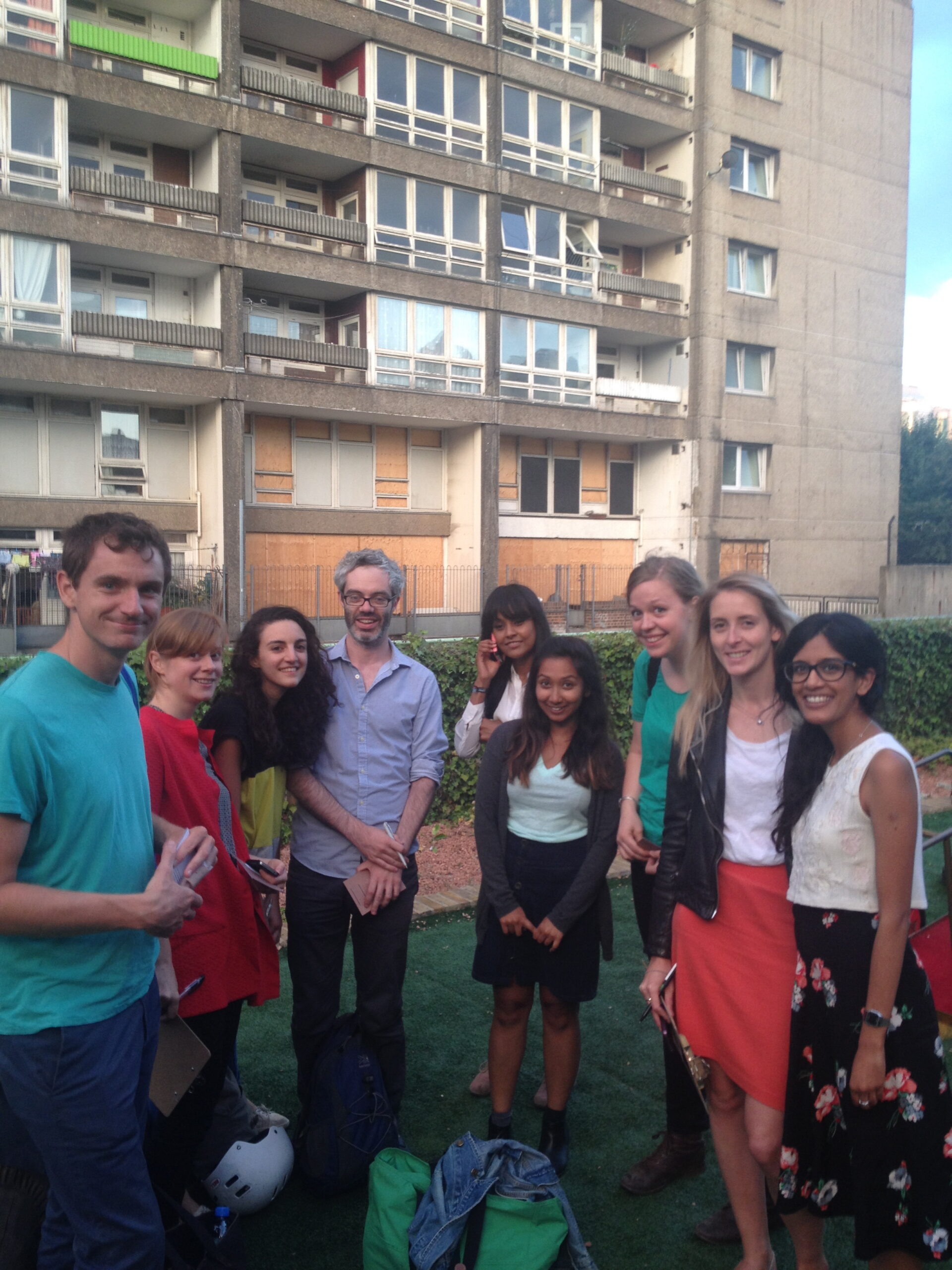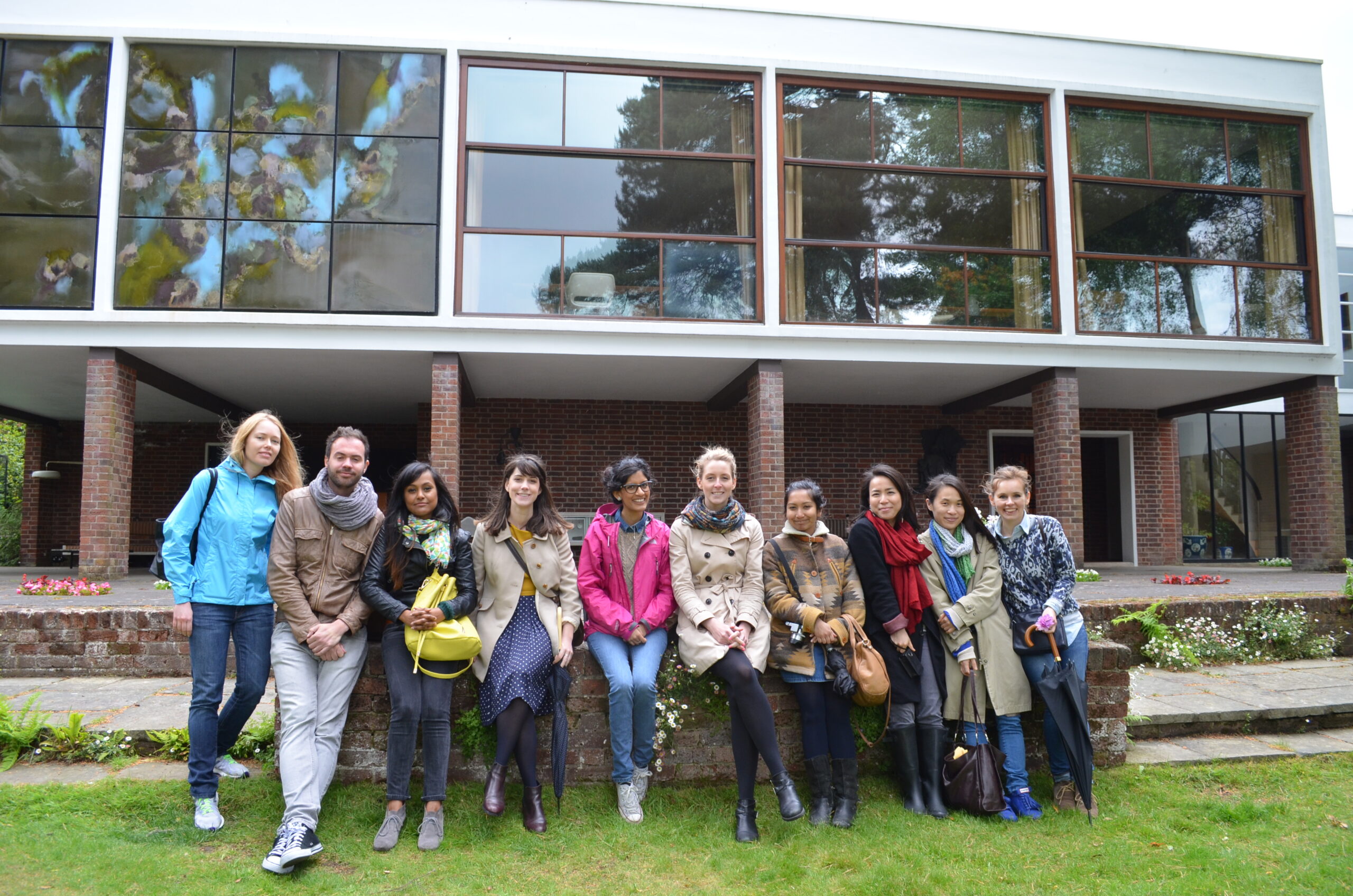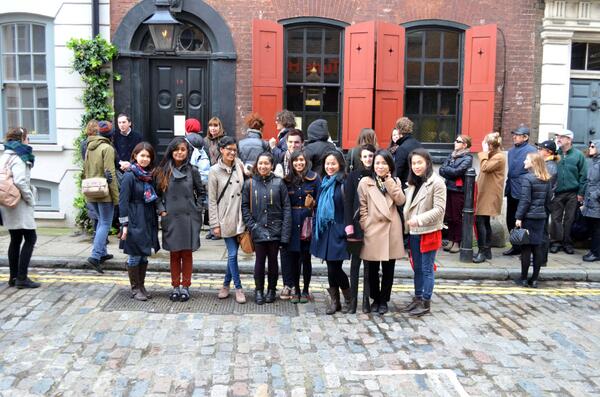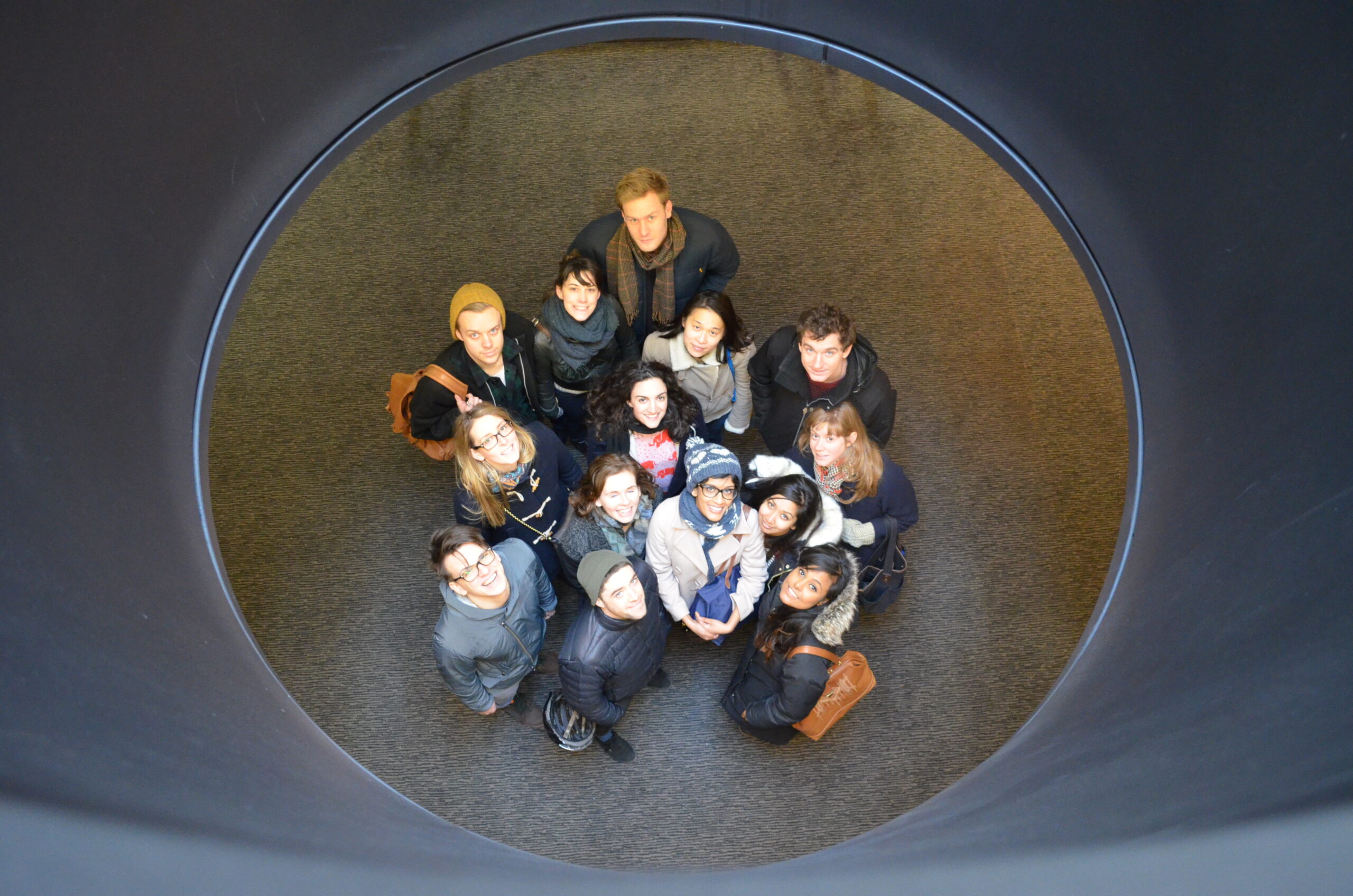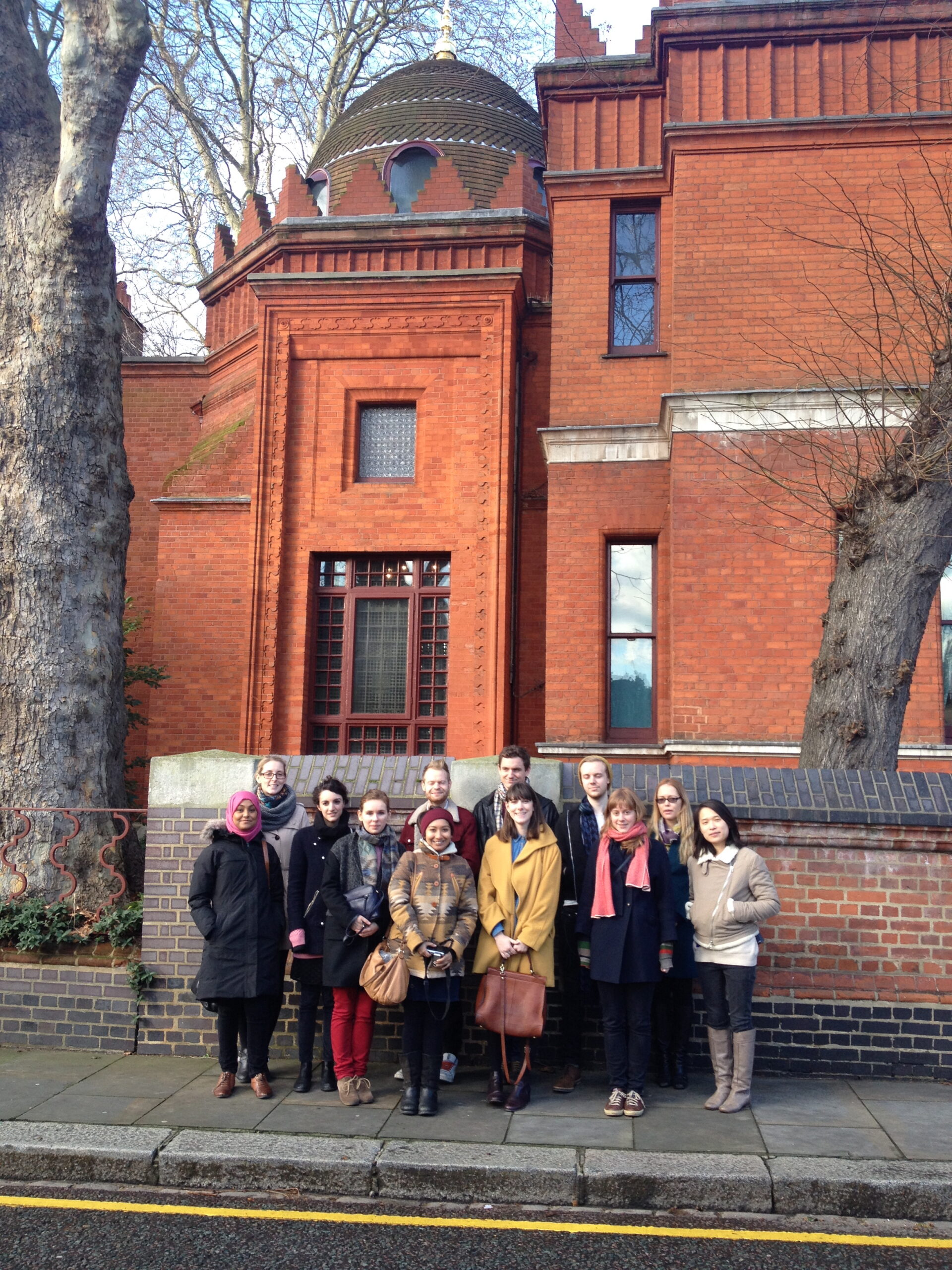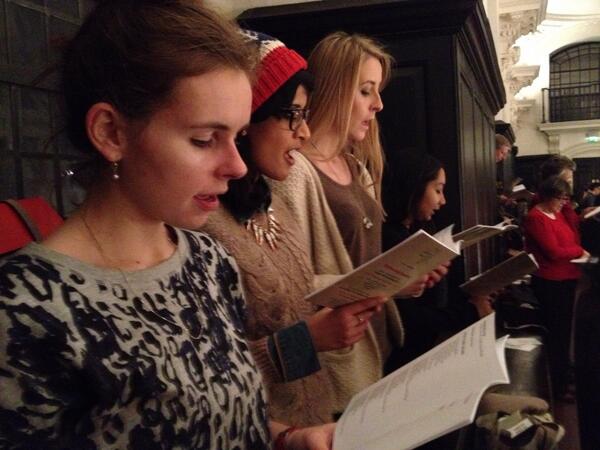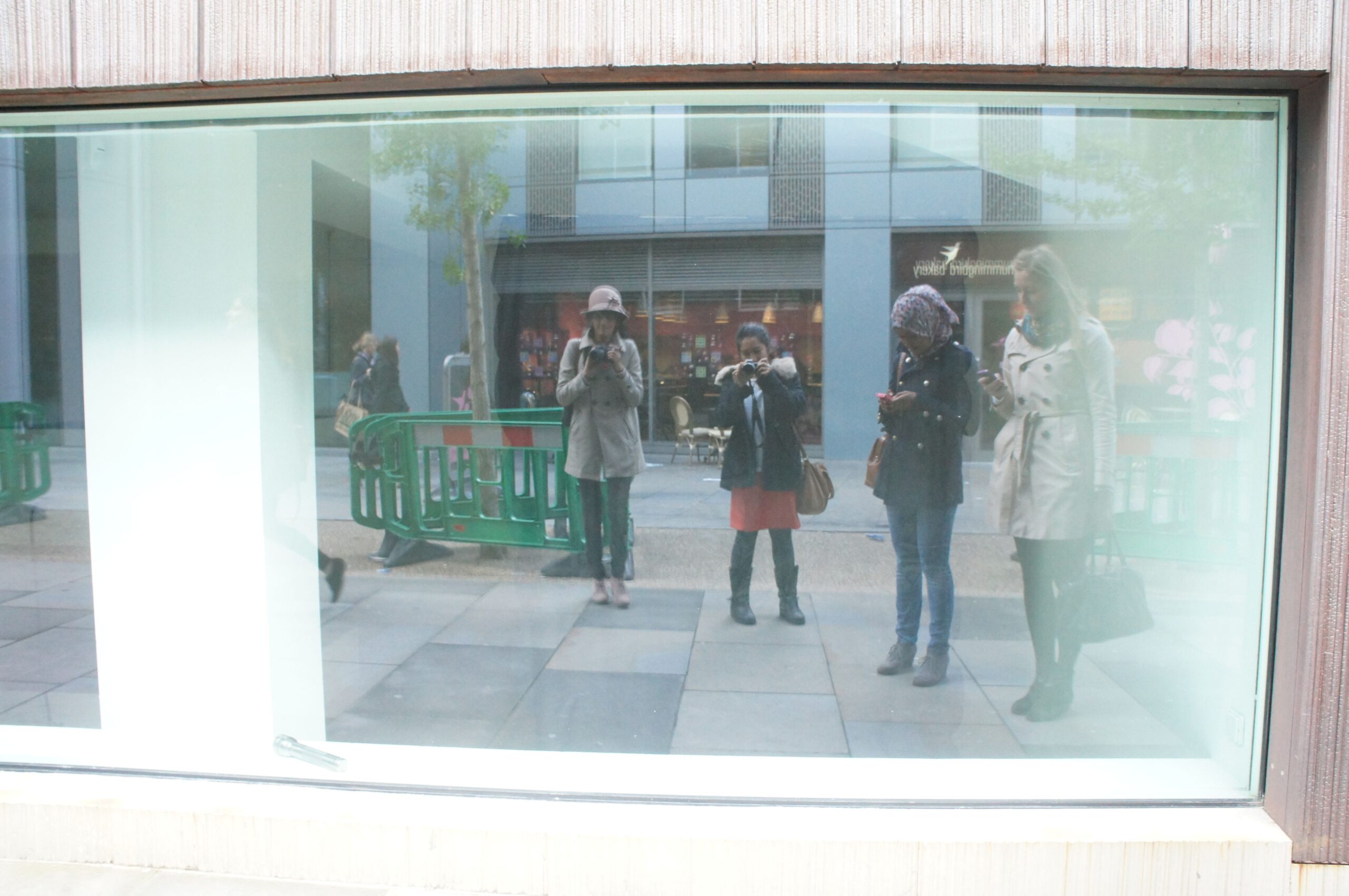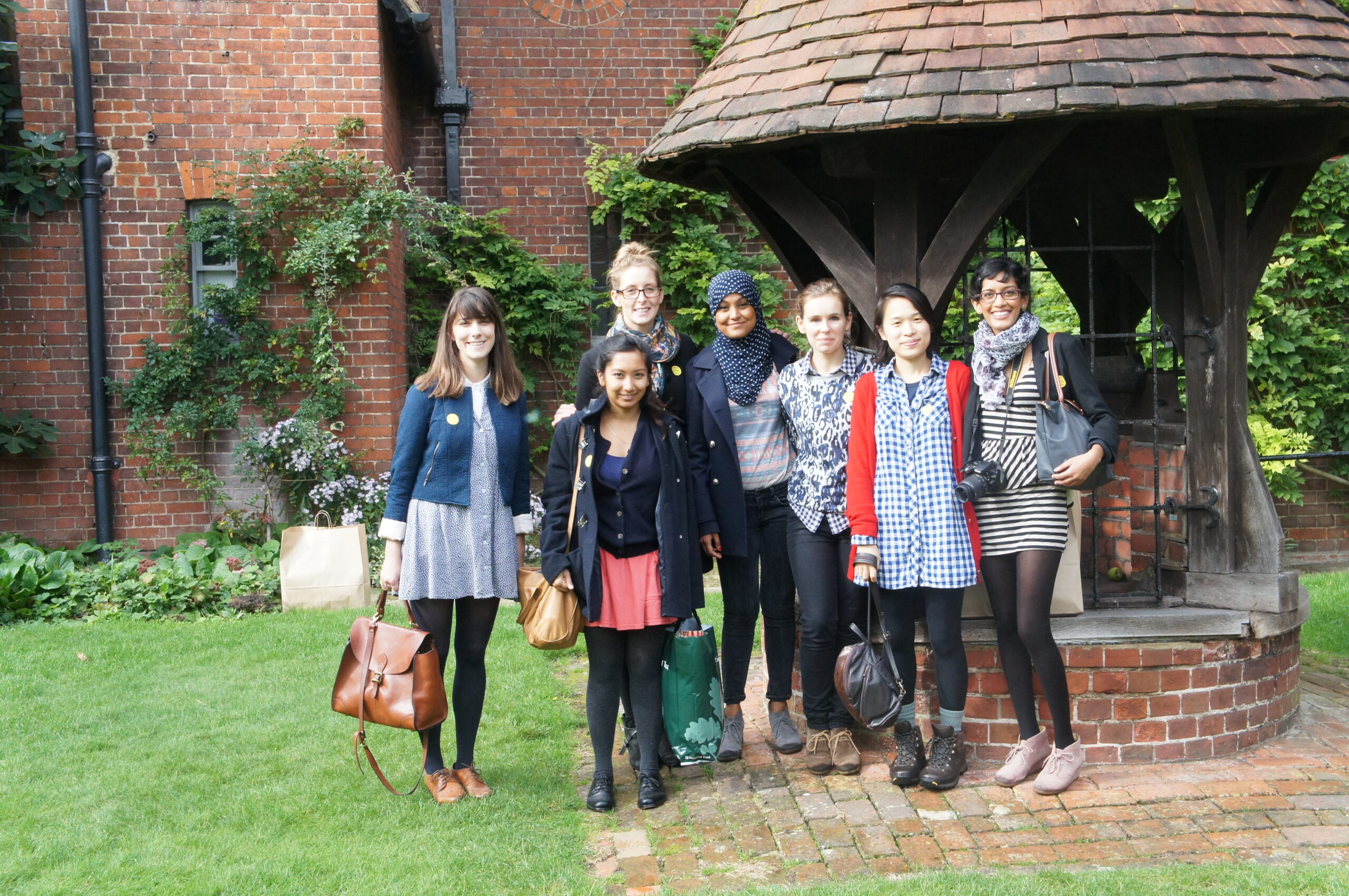17. Ham House
William Samwell's stately home
Richmond, London
















“The usual Method of contriving Wilderness is, to divide the whole Compass of Ground, either into Squares, Angles, Circles or other Figures… the Walks are commonly made to intersect each other in Angles…and the more these Walks are turned, the greater Pleasure they will afford. These should now and then lead into an open circular Piece of Grass; in the Centre of which may be plated either an Obelisk, Statue or Fountain”.
– Quote from Philip Miller’s Gardener’s dictionary (1735)
On a rainy day, a core group of Salads made the journey out of central London to Ham in Richmond to explore the atmospheric Ham House and Gardens set on the banks of the river Thames.
When the house was built in 1610 the main mode of transport was by boat so the house faces the bend in the river bank with a long avenue of trees on either side of the approach.
Today you arrive by car or train, so walking towards the house, the river approach seems almost backwards. It was bitterly cold and we felt particularly virtuous and committed, arriving at 10am for a tour of the 400 year old interiors and formal gardens.
The House
The house was built by Charles I and gifted to his close courtier William Murray who had been his whipping boy. In the 17th century the house was the epitome of luxury, taste and innovation, featuring many elements of Palladian style, round and square windows, original black and white marble chequerboard floor, the world’s first purpose built bathroom and the oldest example of sash windows dating from the 1670s.
During the Civil War the house was a Royalist stronghold and the Murray family lost possession of the property.
It was only when William Murray’s tenacious daughter Elizabeth Murray repurchased the property during the time of the Restoration of Charles II, and became part of the new monarch’s inner circle, that the house became the backdrop to her extravagant life of entertainment
Upon her second marriage, Elizabeth became the Duchess of Lauderdale and she shaped the estate into what we see today, collecting widely from all over Europe and engaging only the best craftsmen and artisans from the continent.
Upon Elizabeth’s death in 1698, the house contained the finest examples of furniture, textiles and art, remaining complete until the National Trust took it over in 1948.
The Garden
The National Trust replanted the garden, carefully looking at 17th century designs of the house from Robert Smythson c 1610 and Slezer & Wyck c 1671 and is based on the principle of ‘wilderness’
After the tour of the house, we escaped into the wilderness of the gardens. In the seventeenth century, this conjured up a very different environment to the modern wilderness. Quotations from Phillip Miller help us to understand what was fashionable during the Duke and Duchess of Lauderdale’s lifetime. Their status and loyalty to Charles II is highlighted in every detail. The 8 rectangles of grass ‘plats’ needed to be hand scythed and showed that its owners were so wealthy they did not need the land for productive crops. The avenues of hornbeam, box parterres , topiary bay drums and yew cones showcases man’s control over nature and required constant maintenance.
The Salads left Ham House after a windswept walk, heading for an obligatory group lunch and warm drink, that we all felt was very well deserved.
